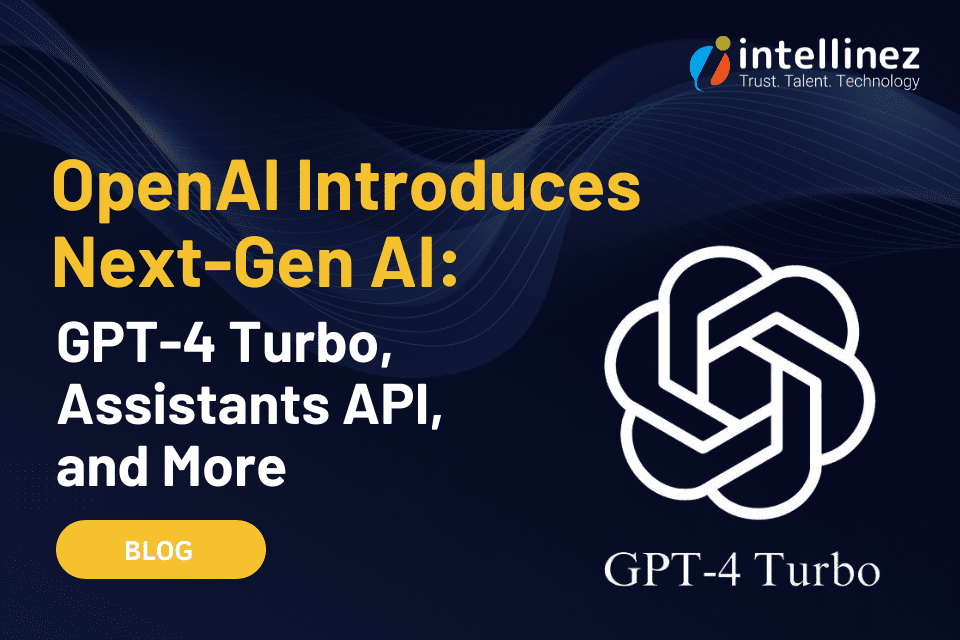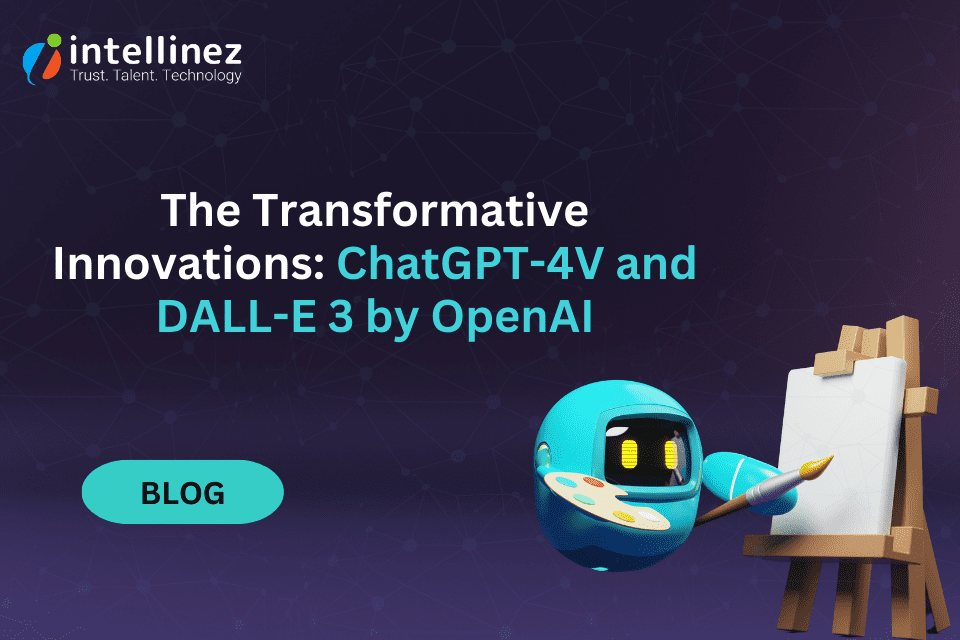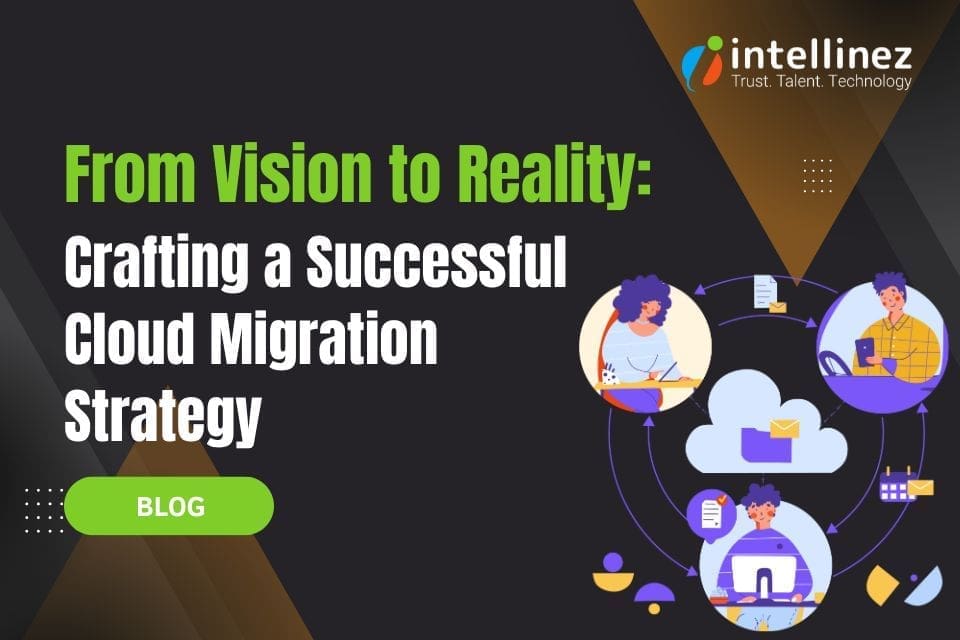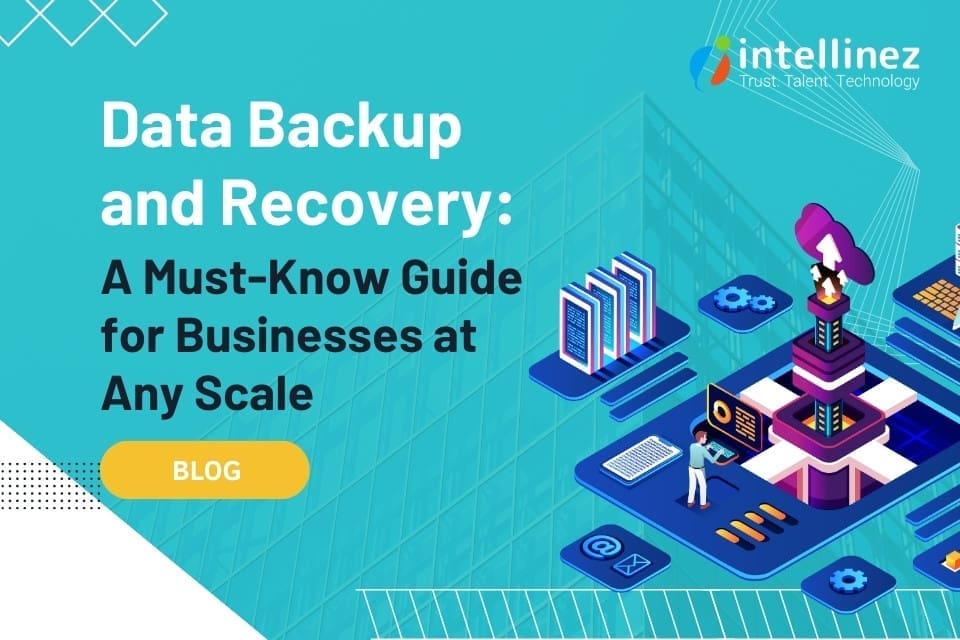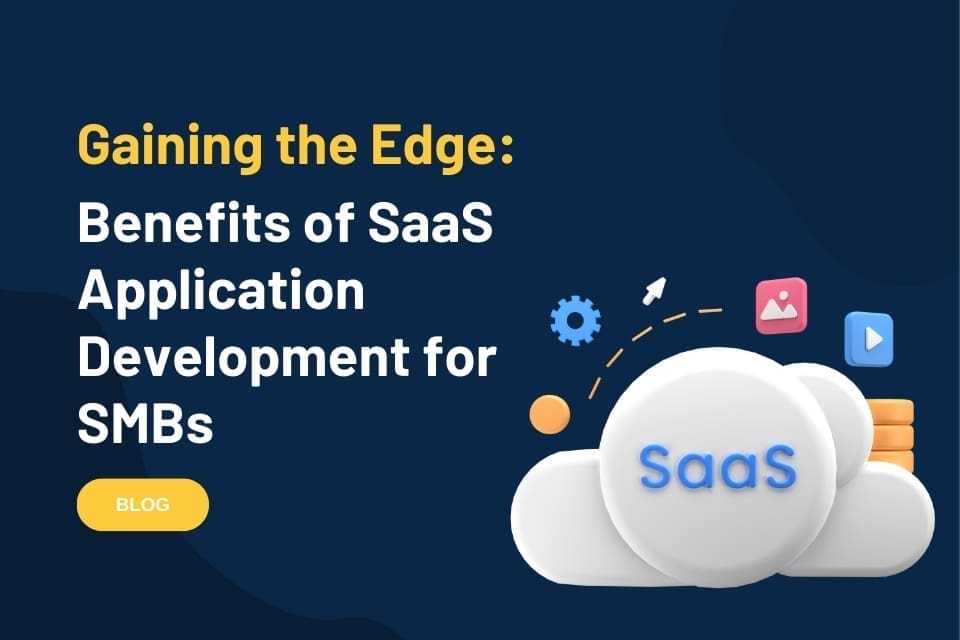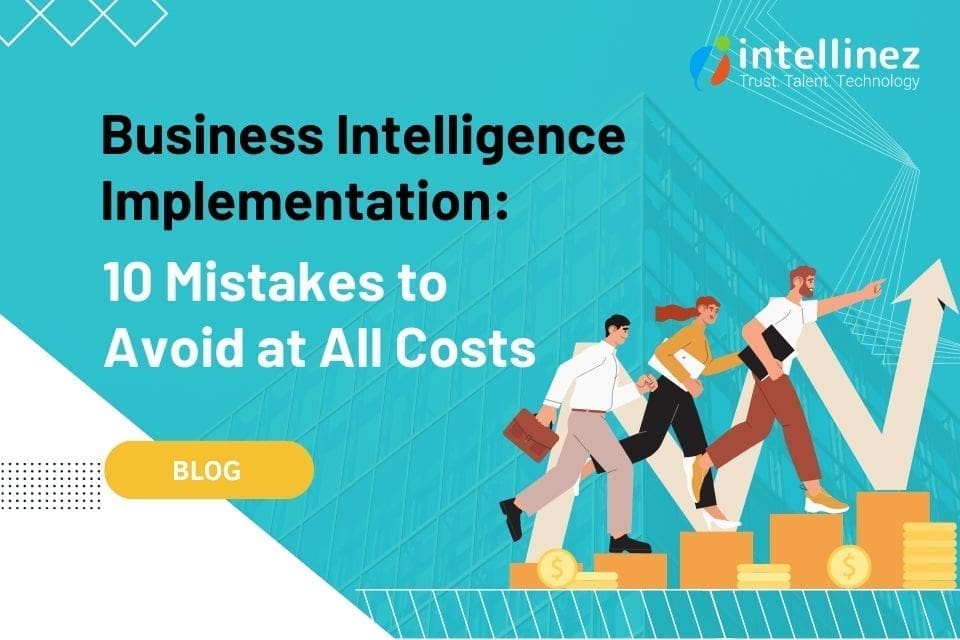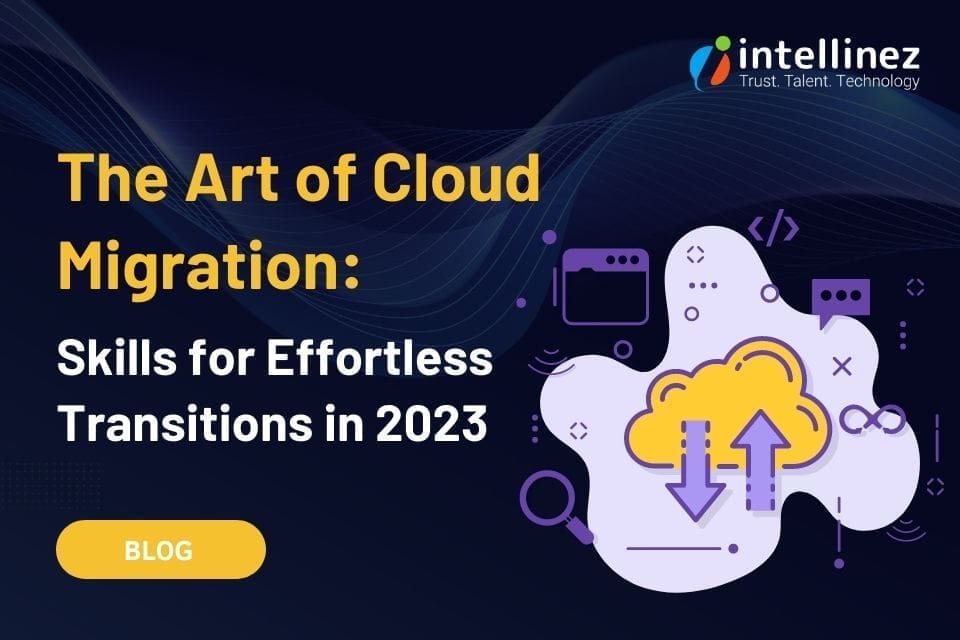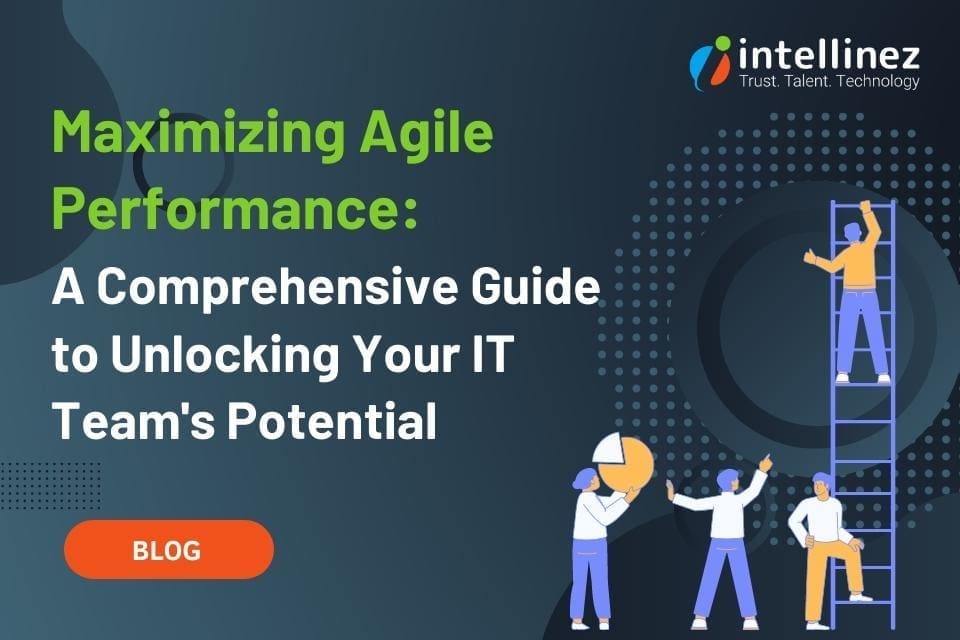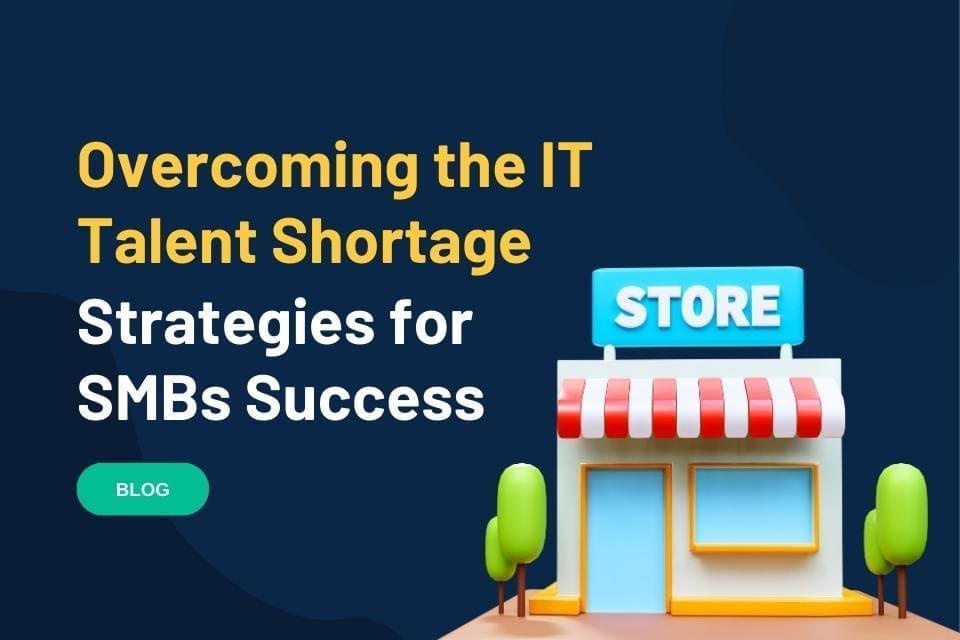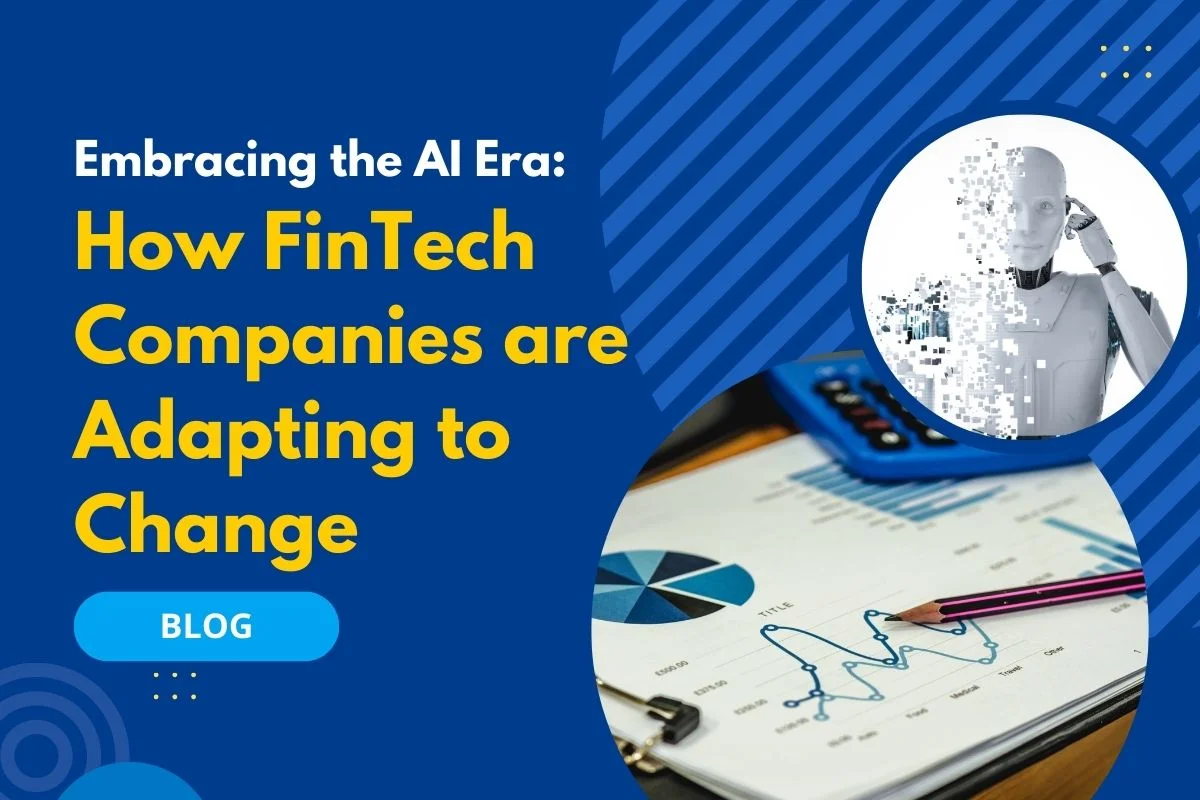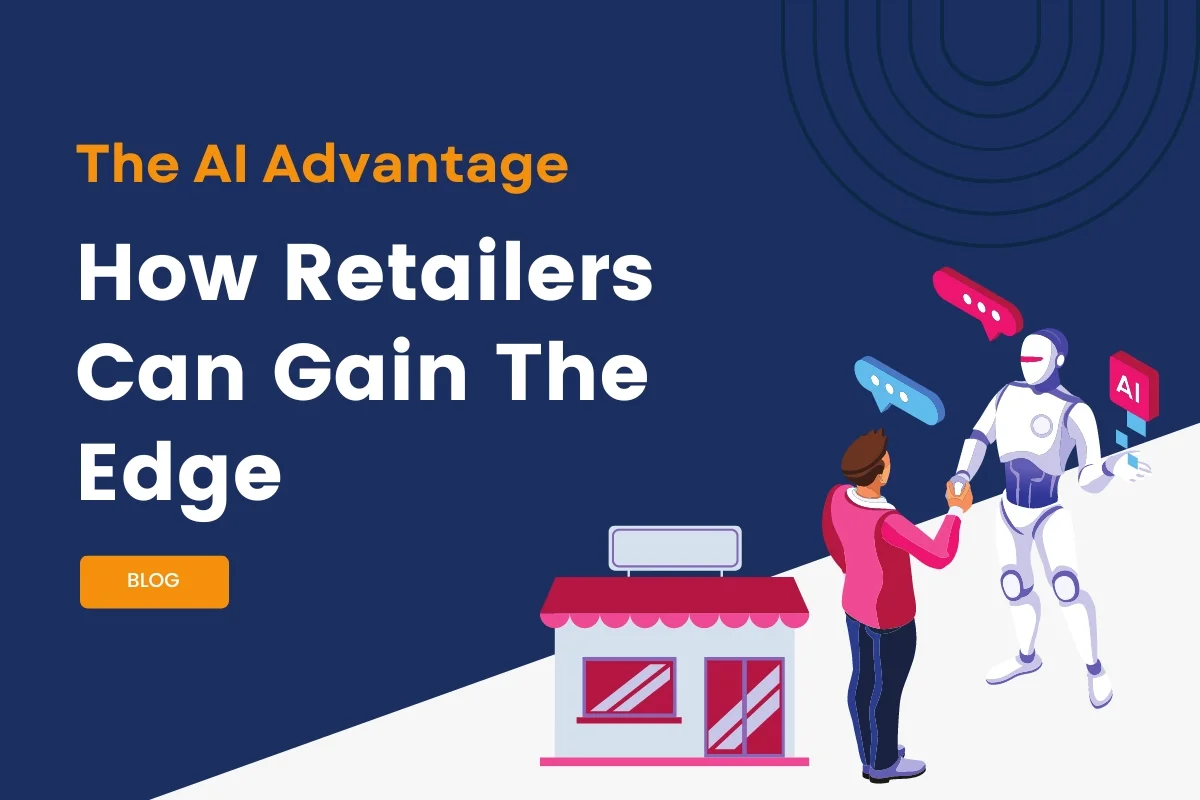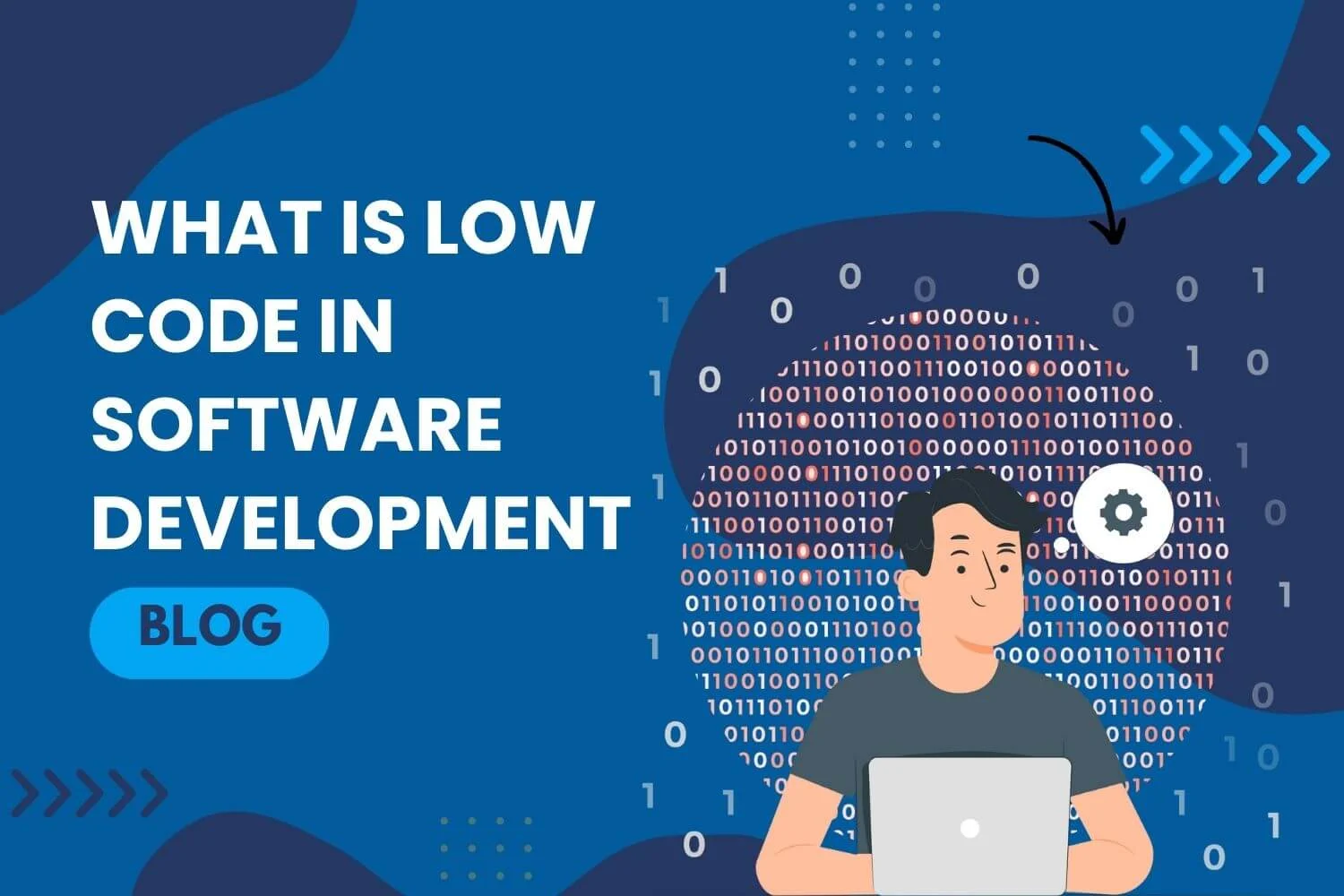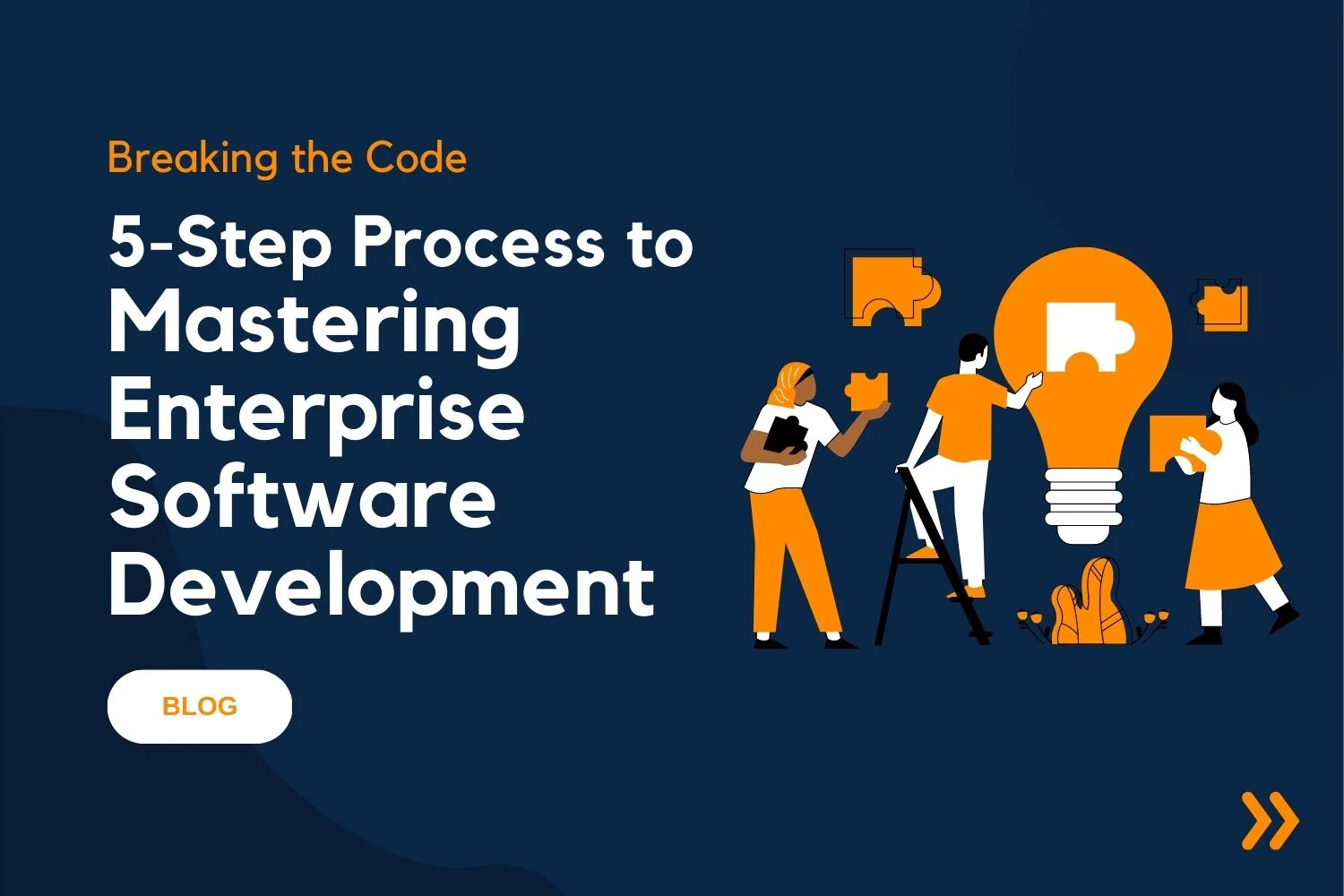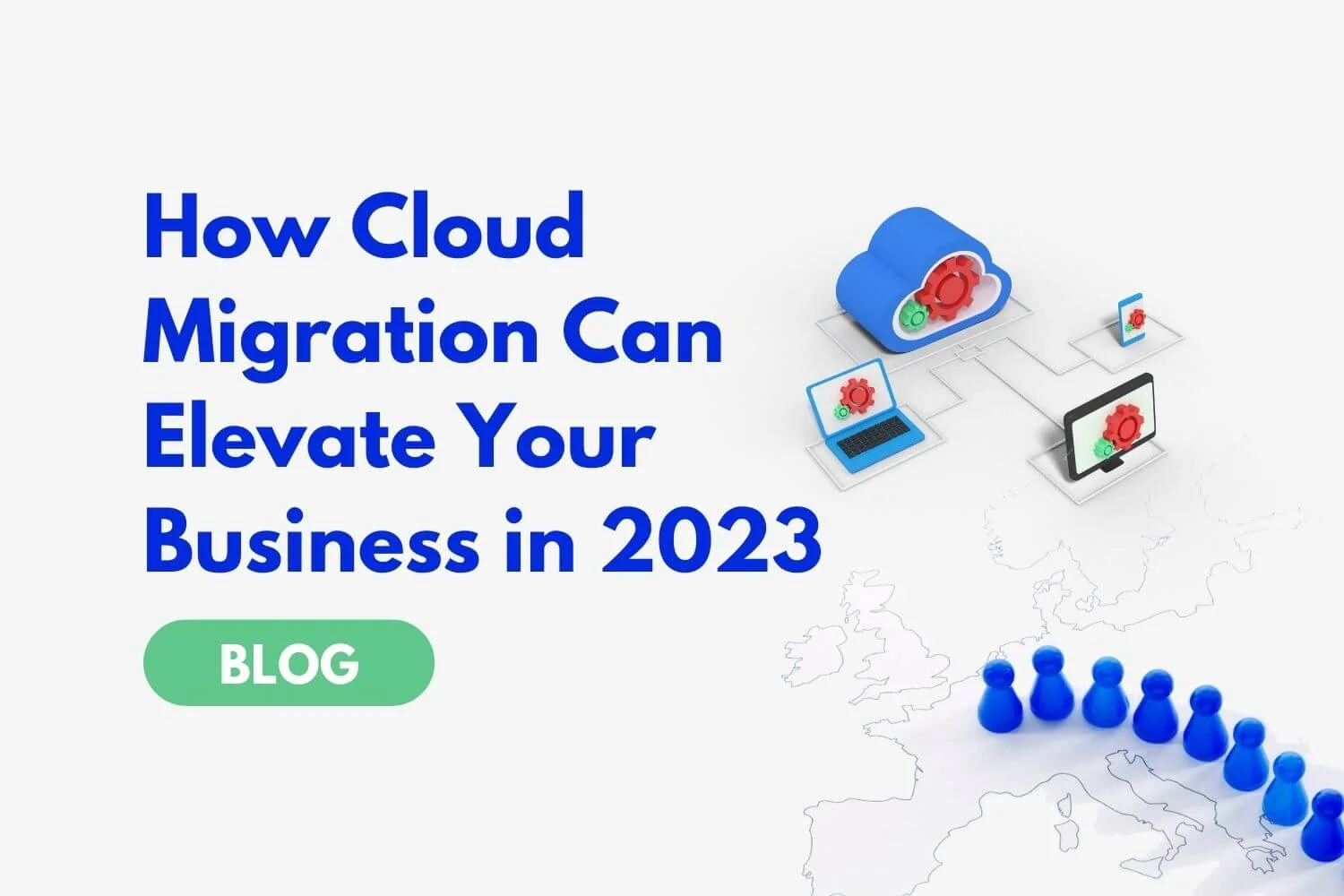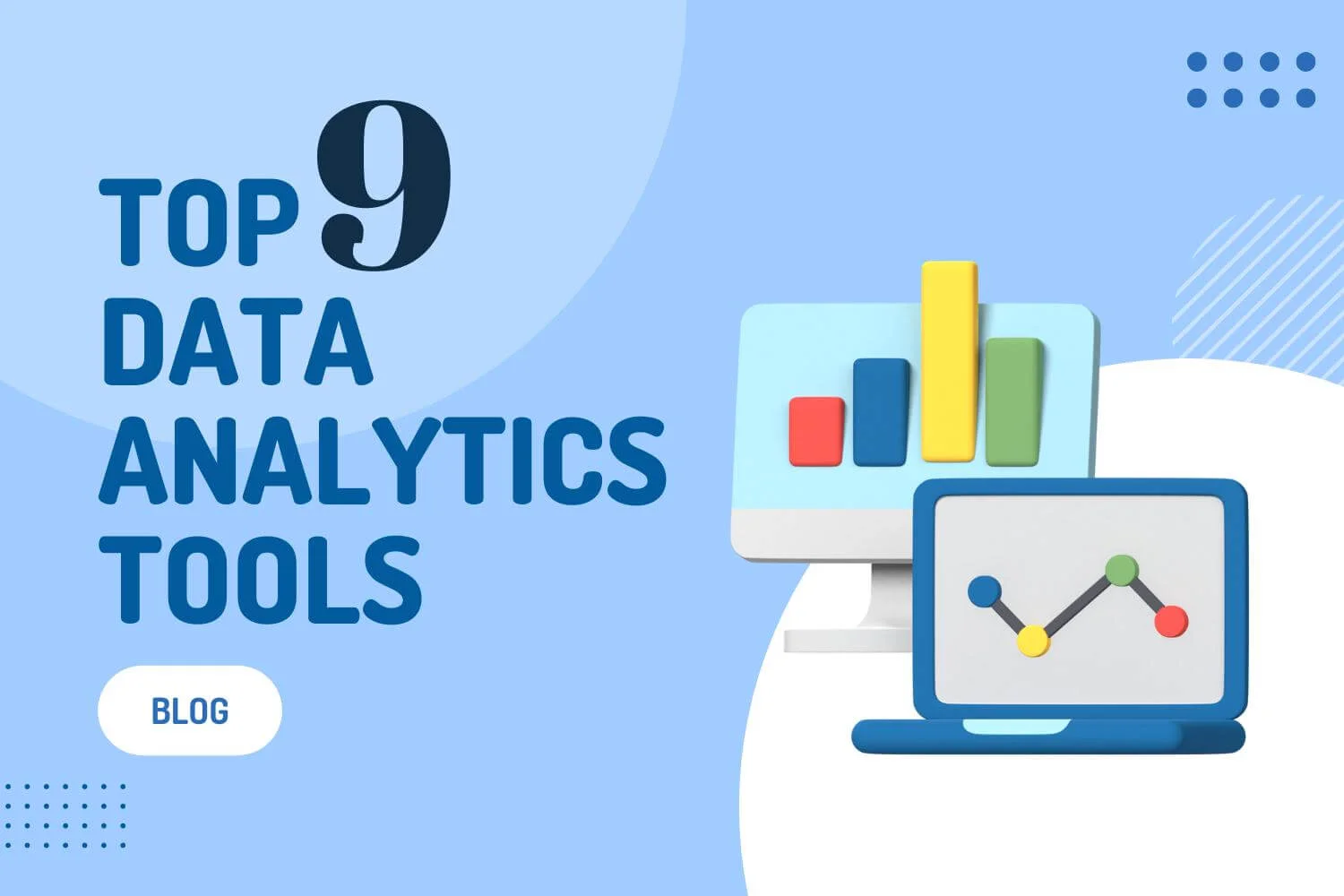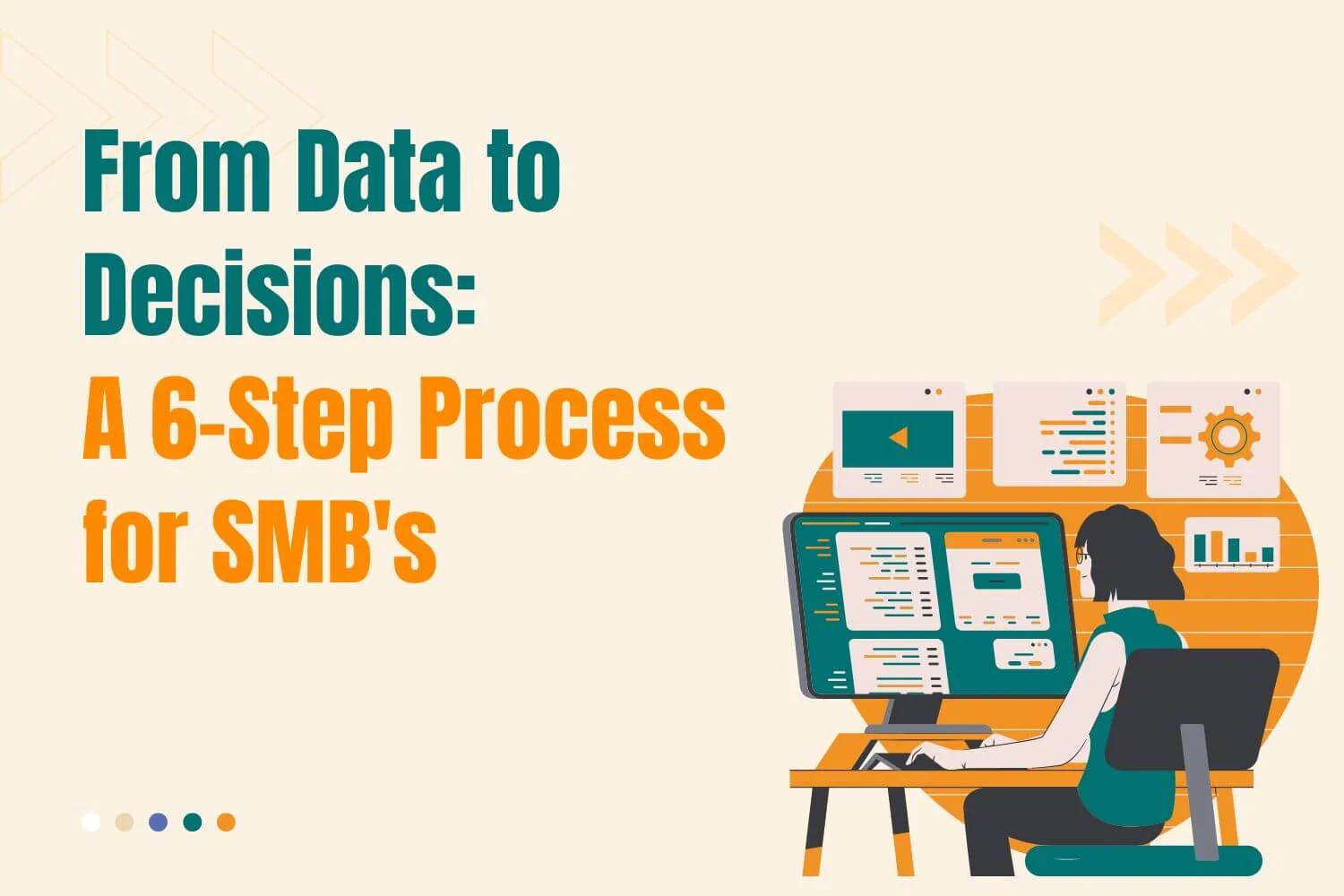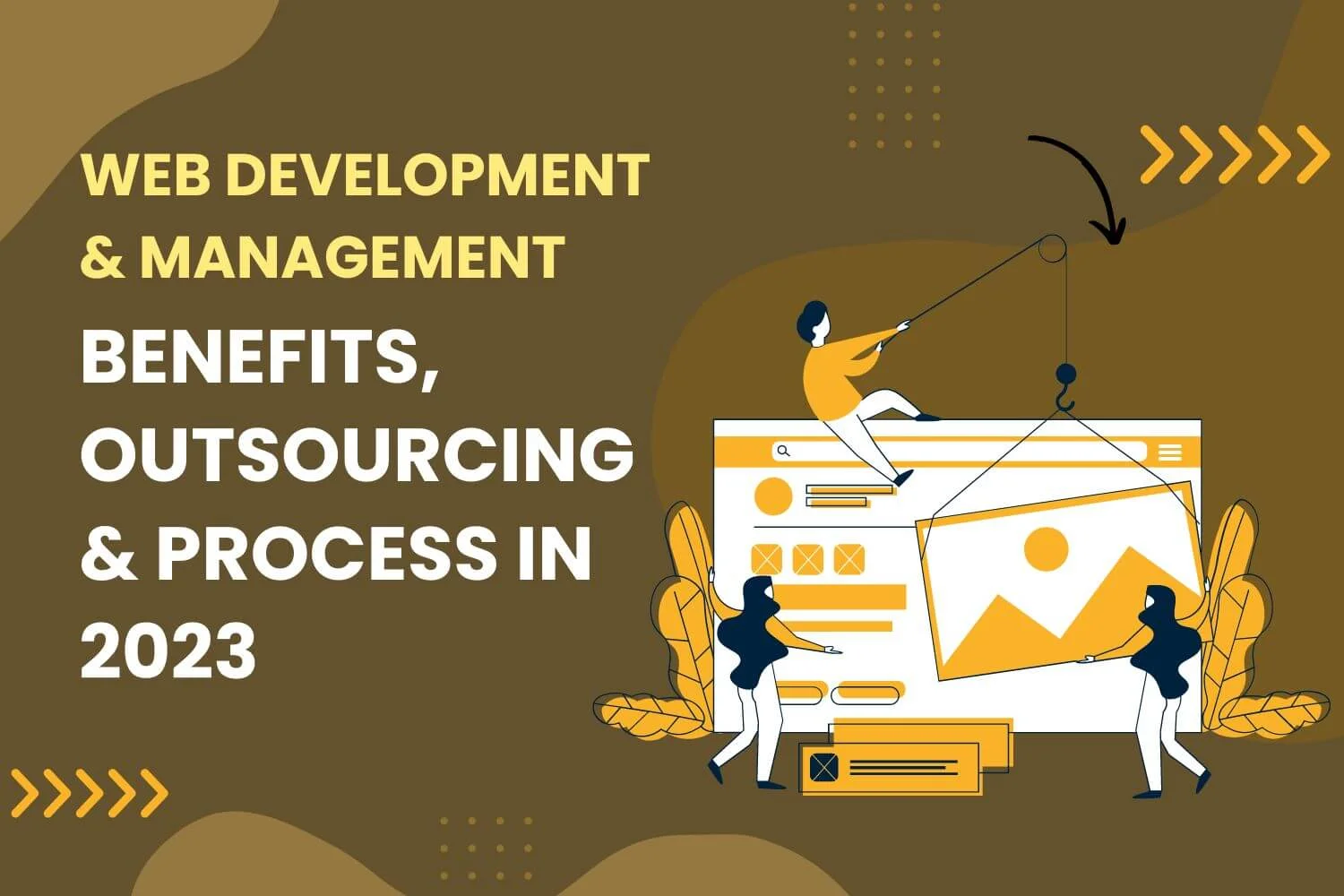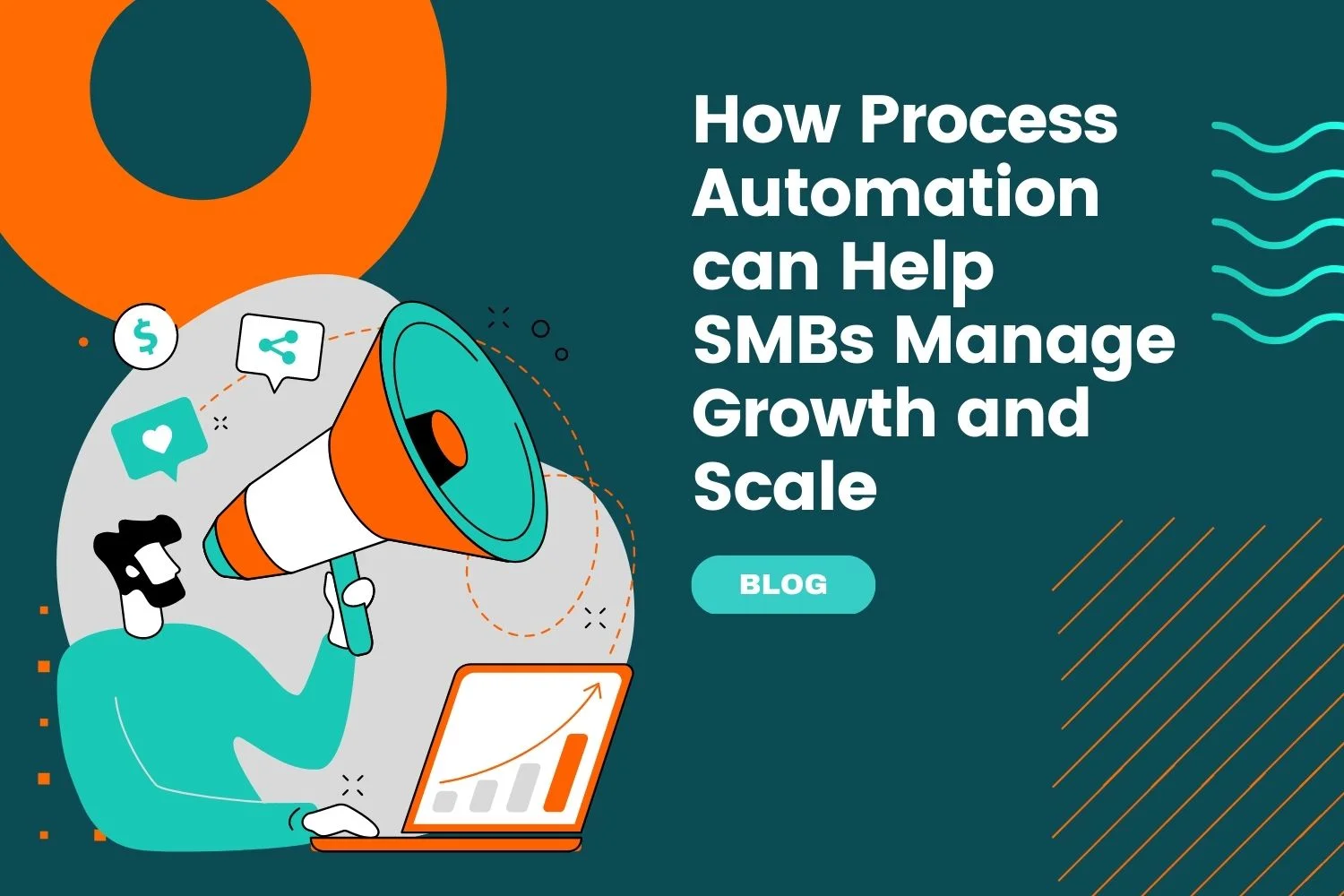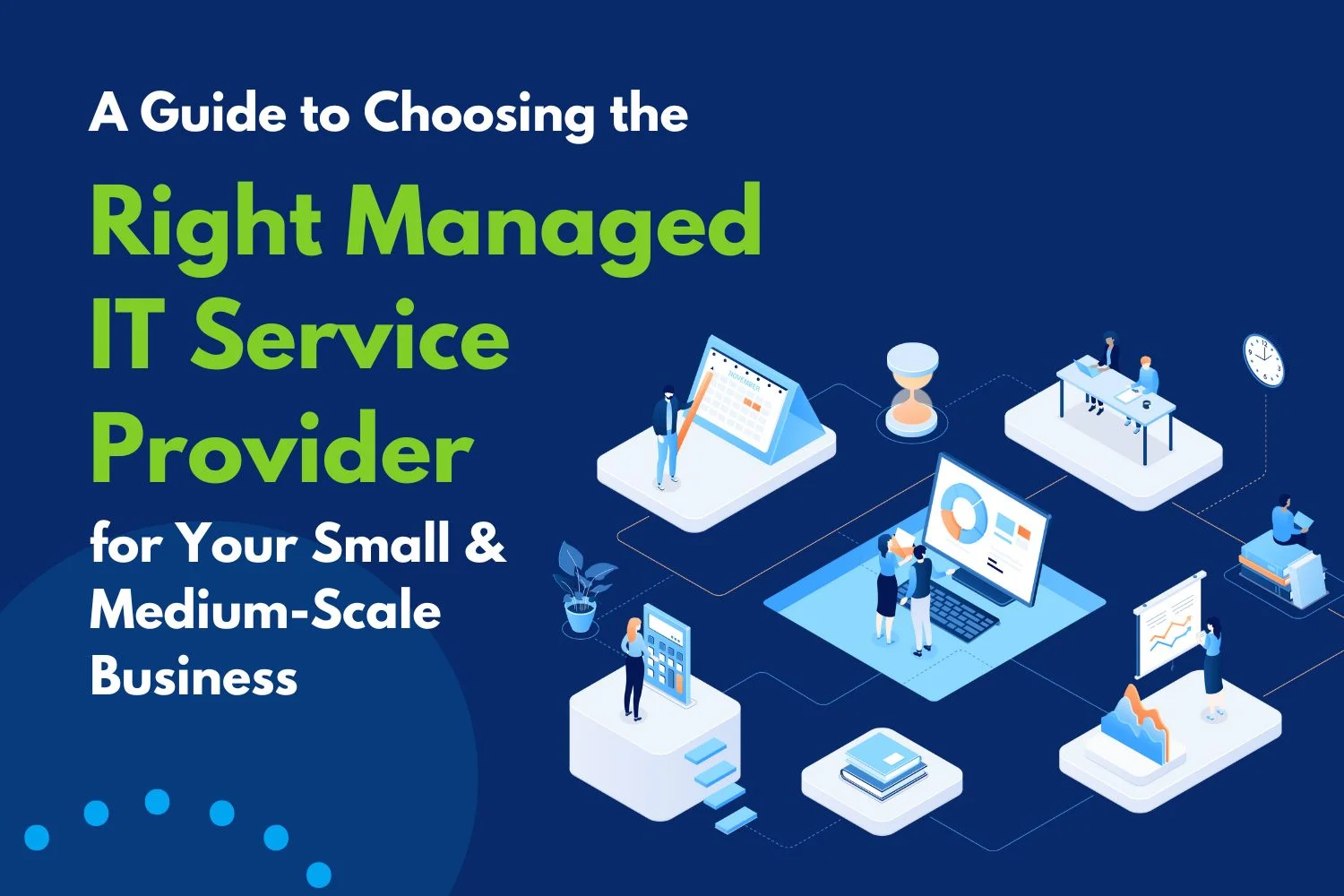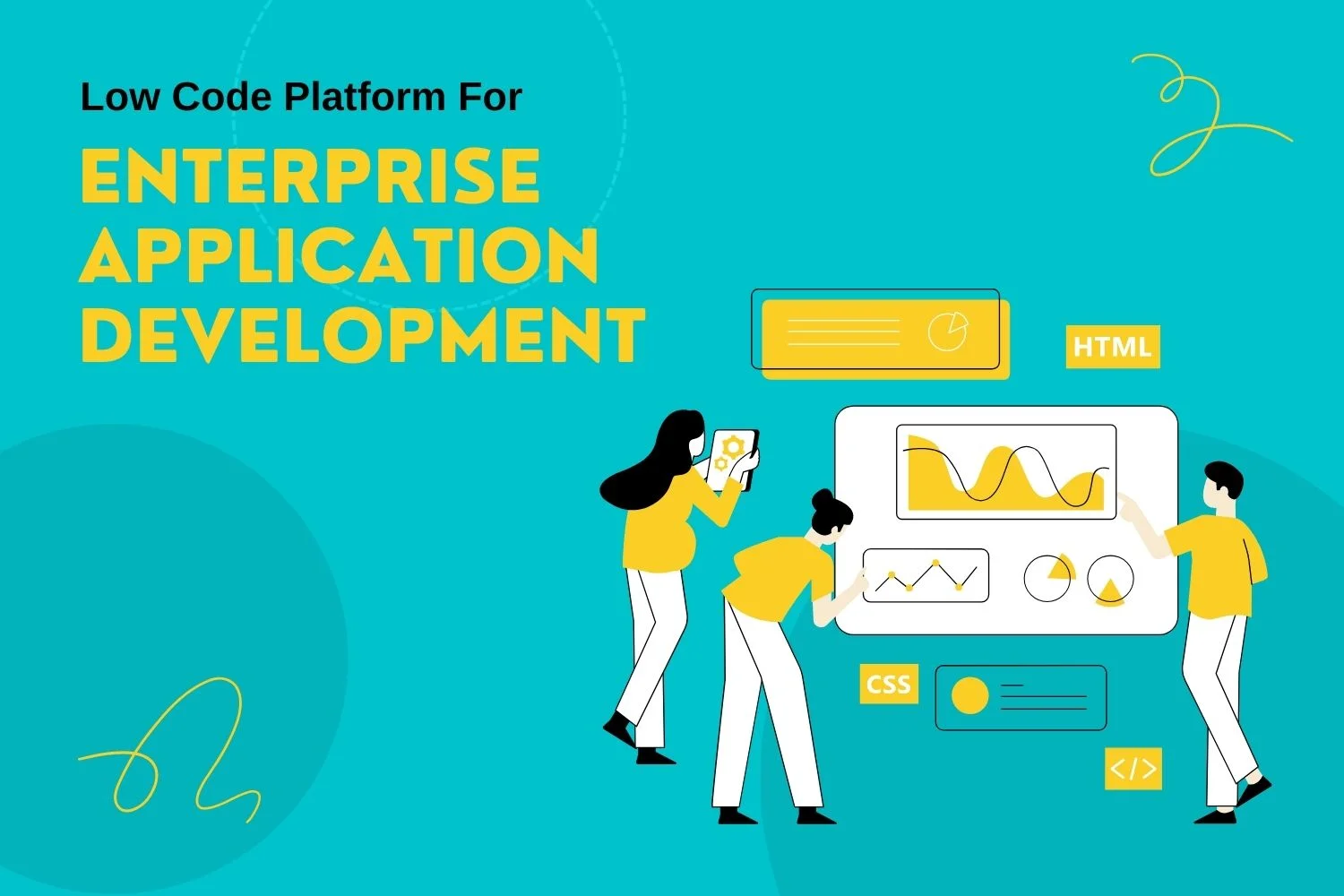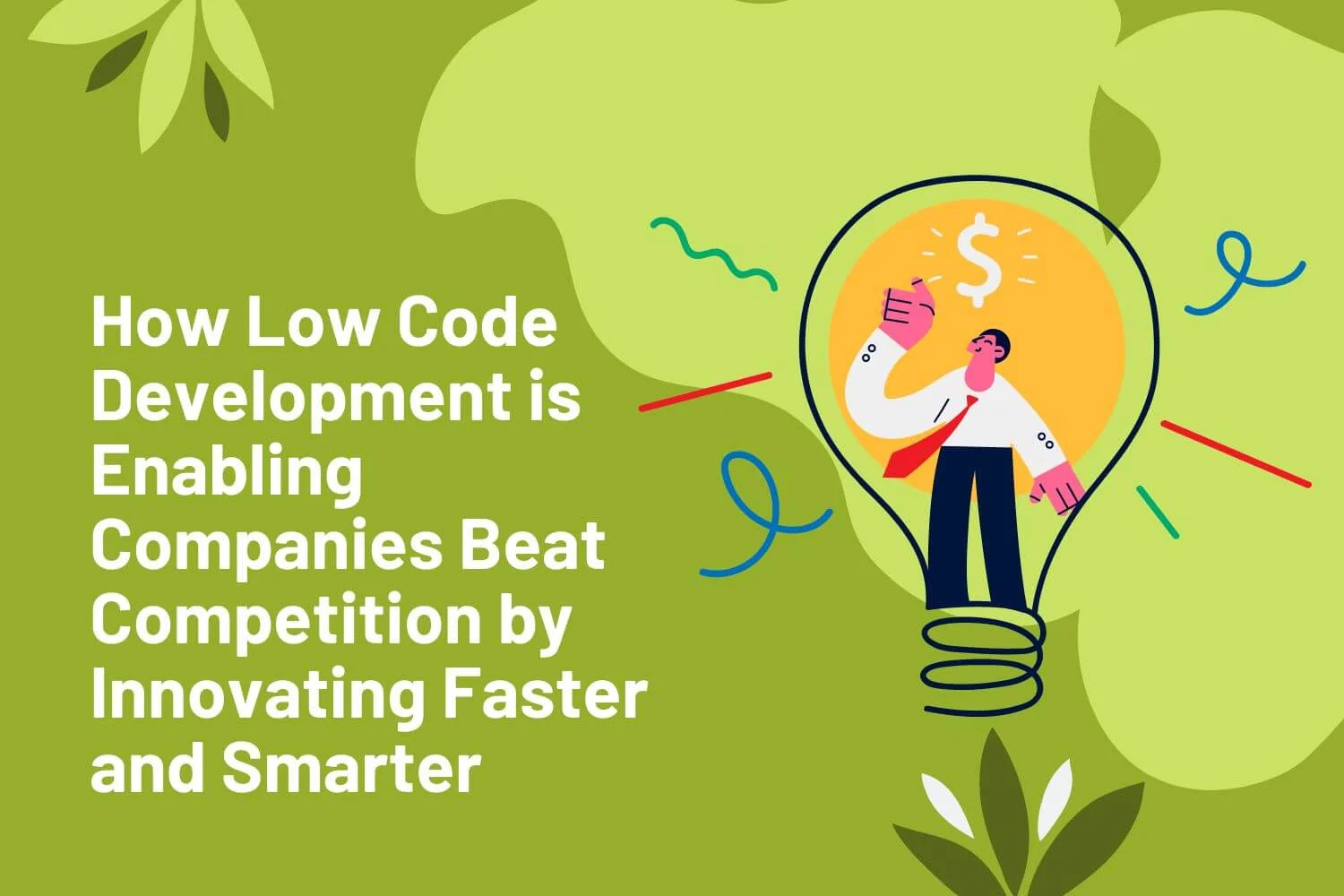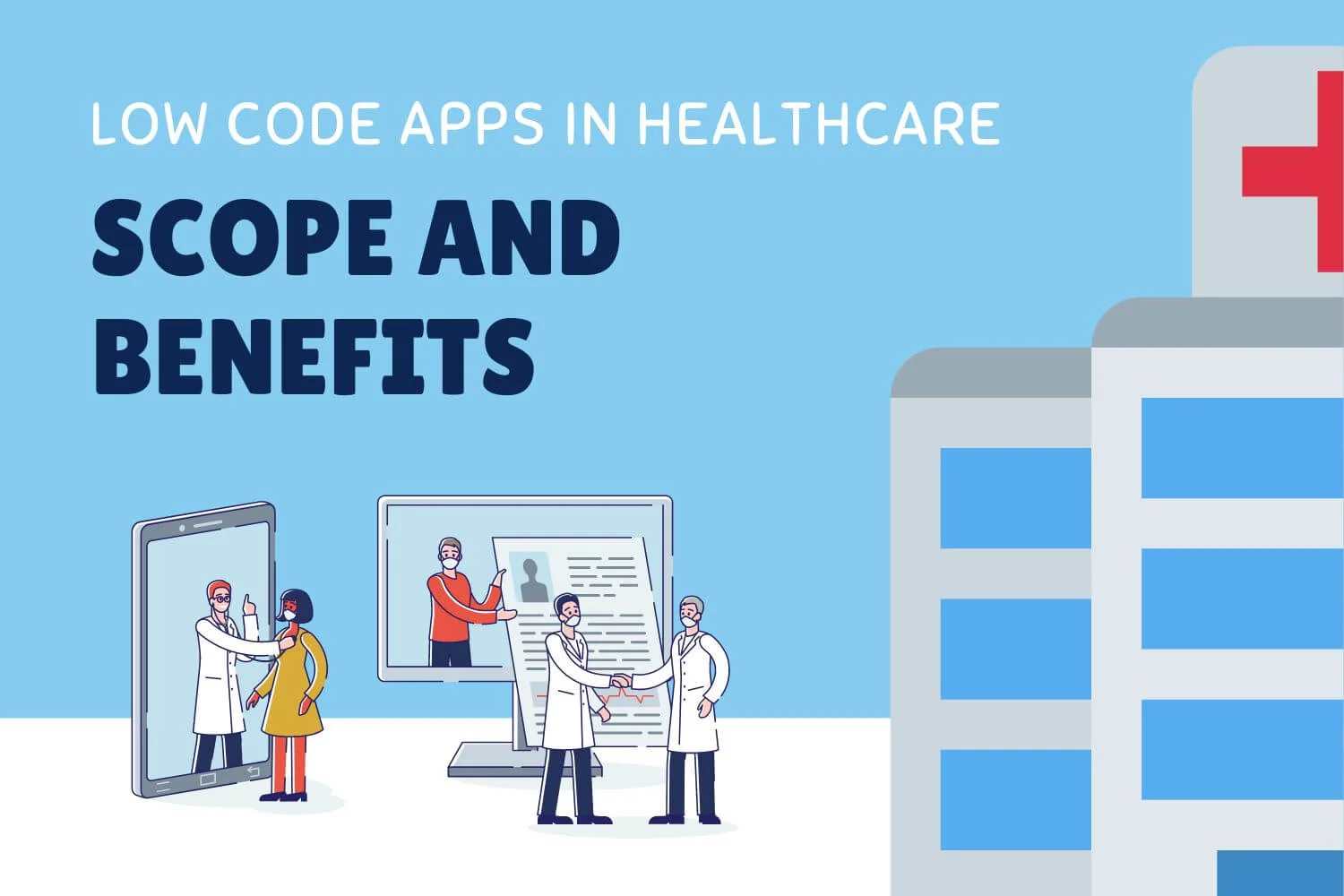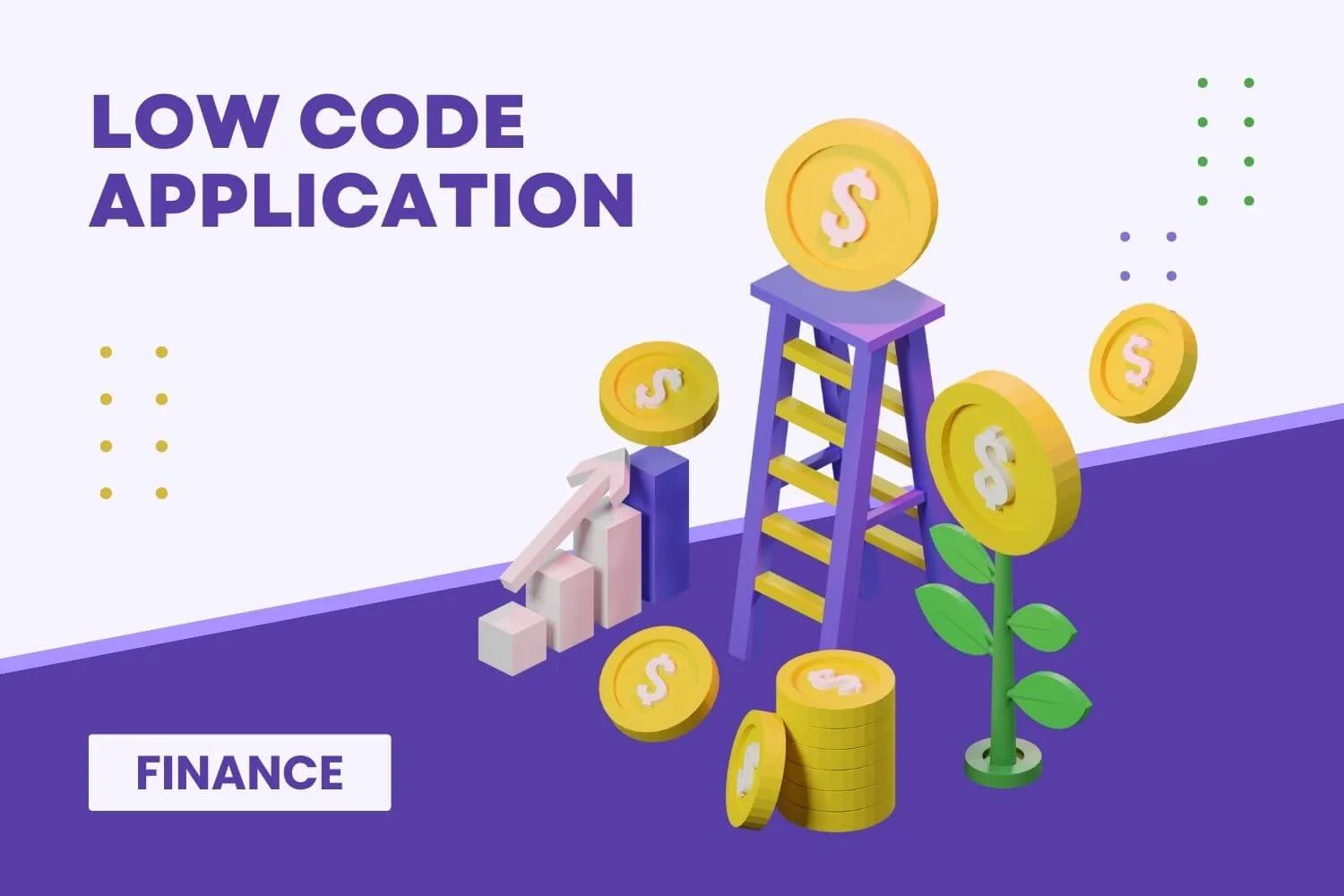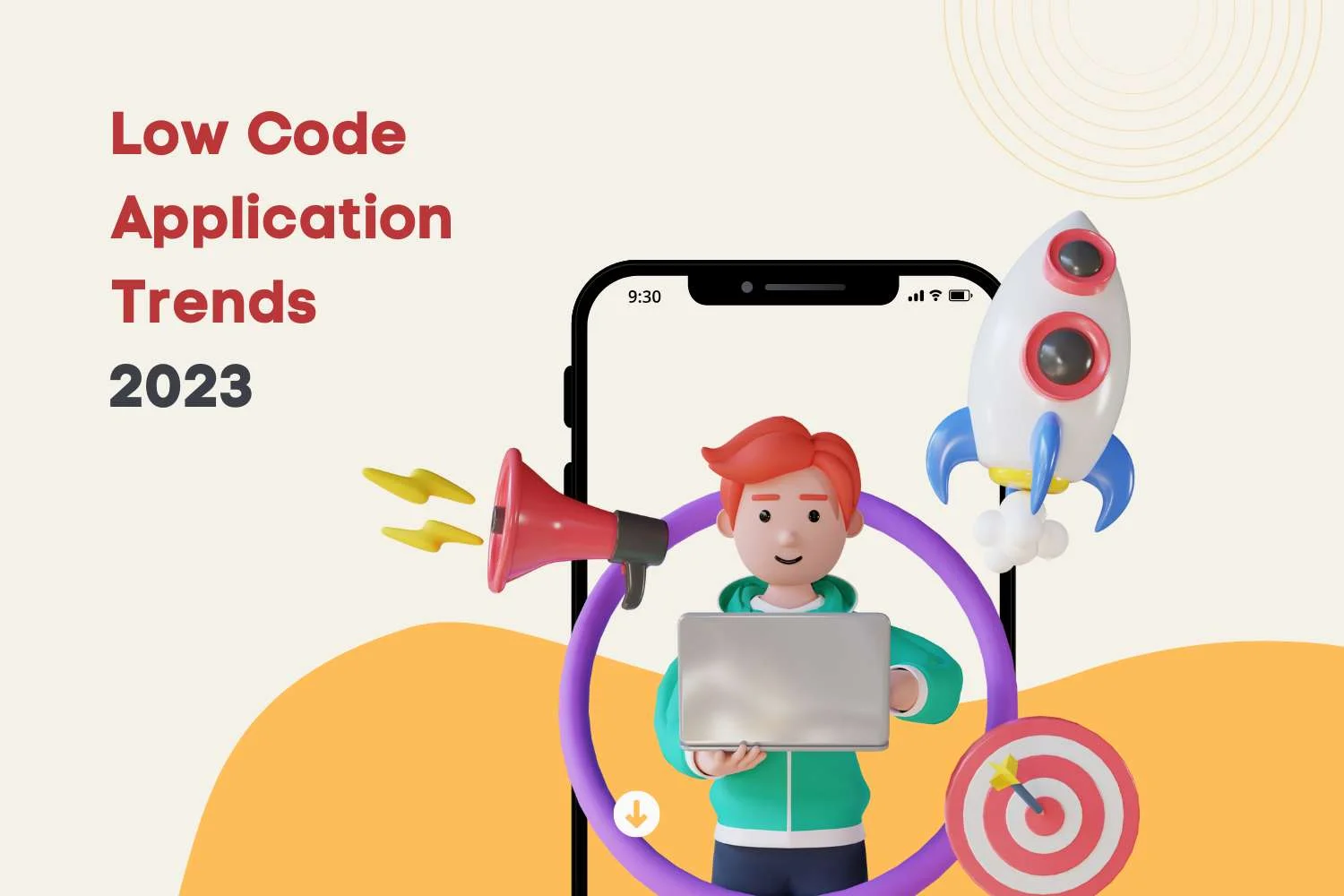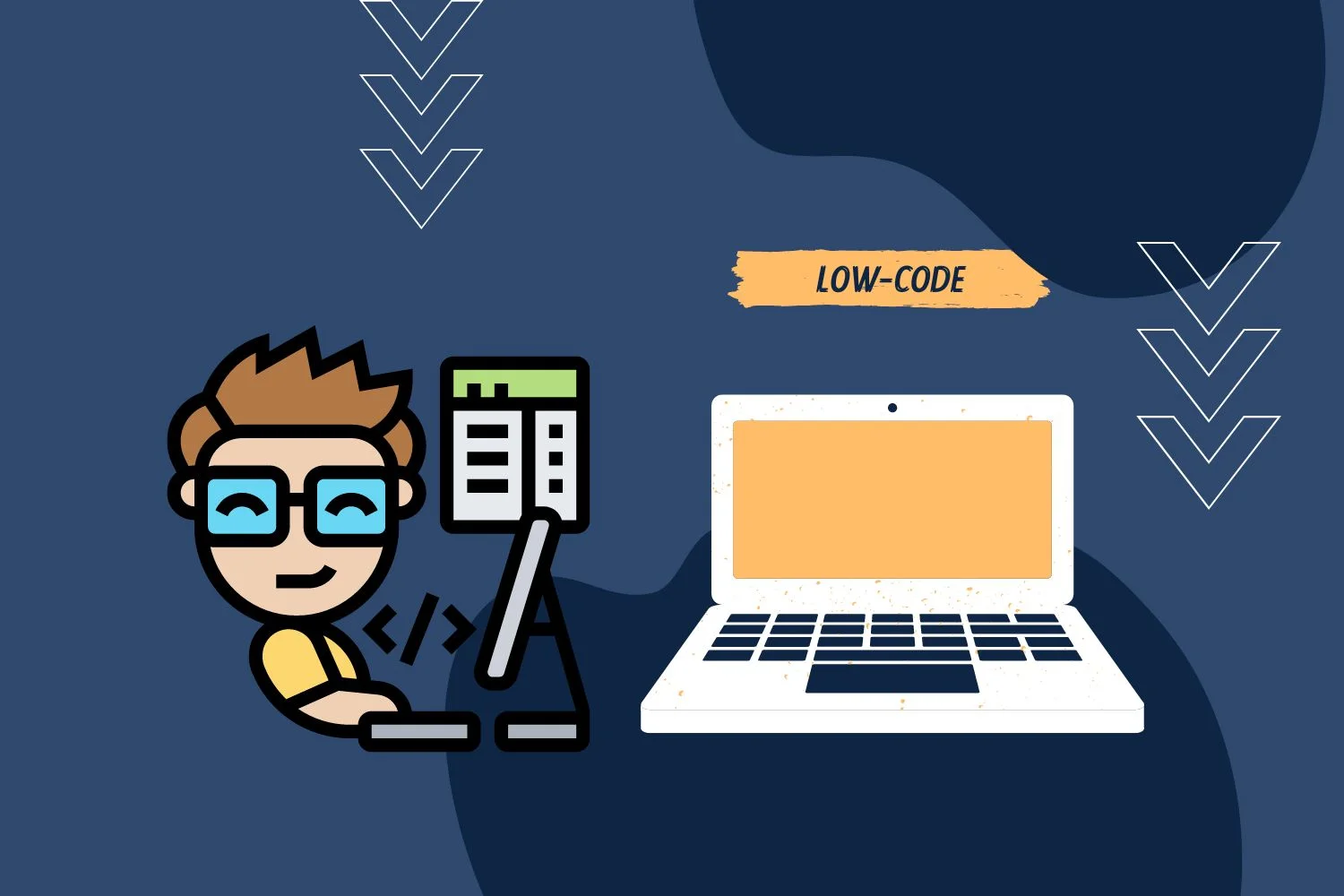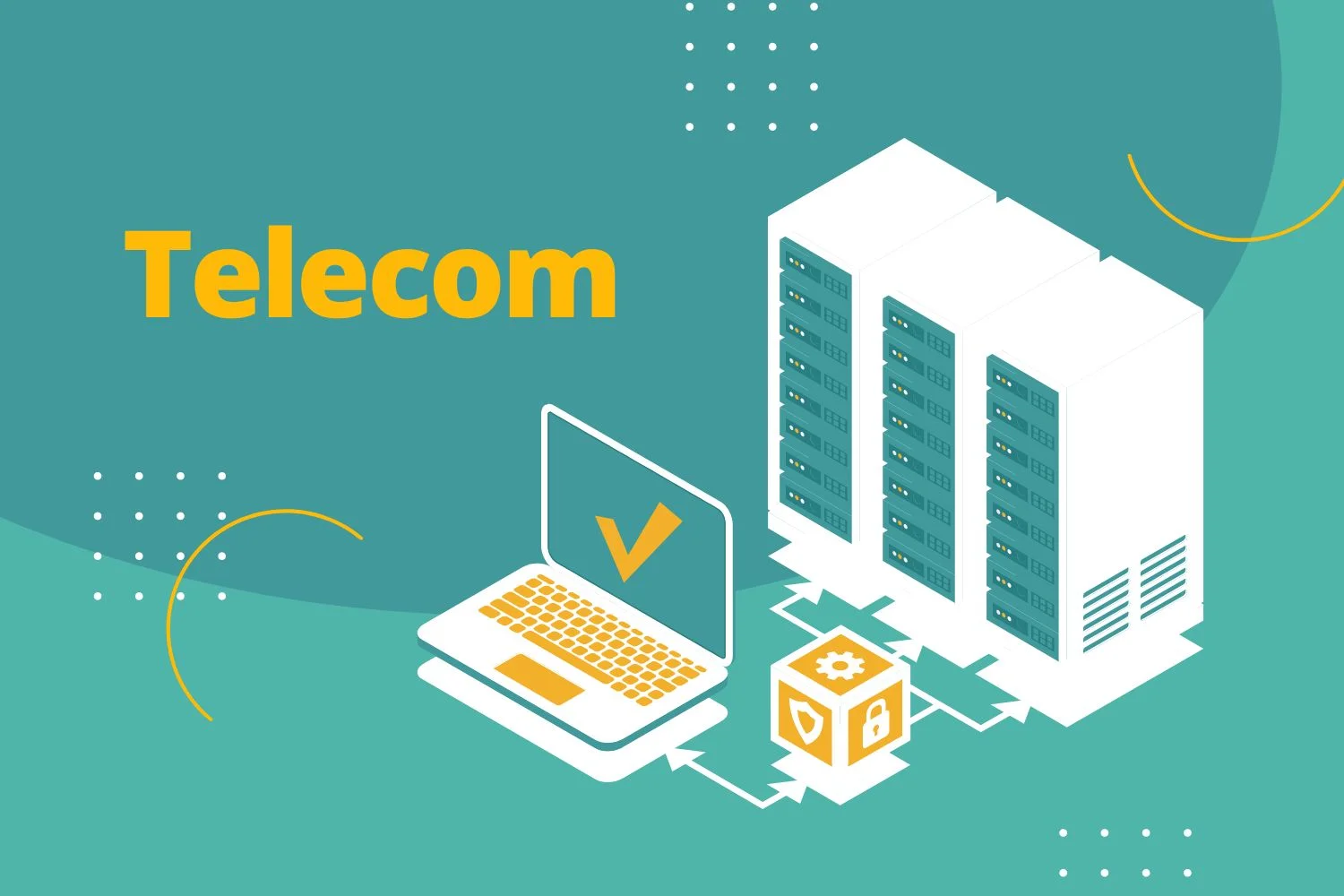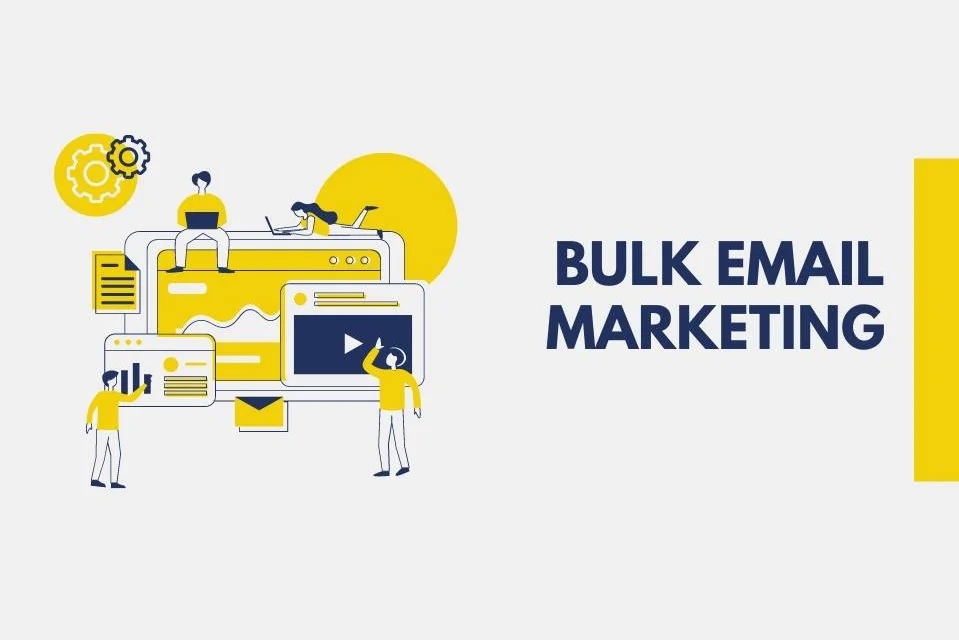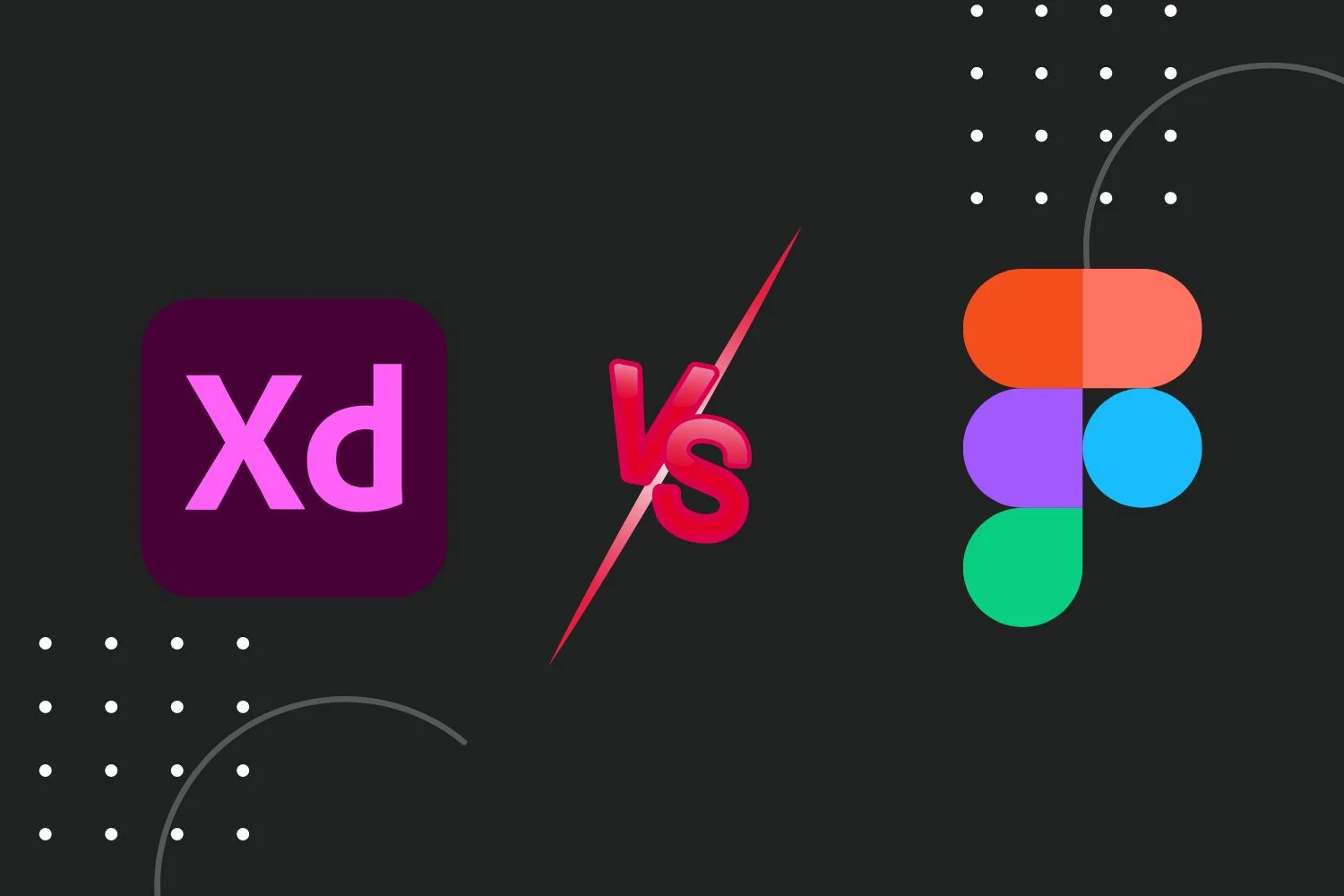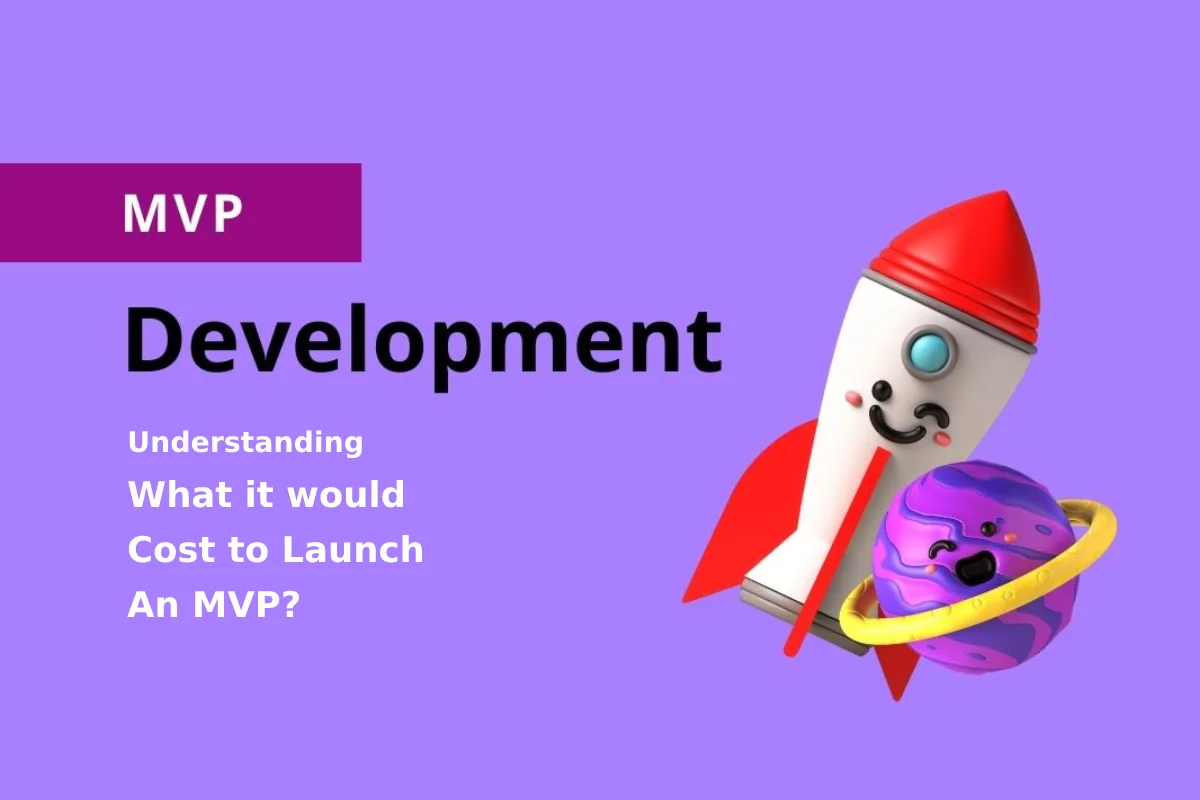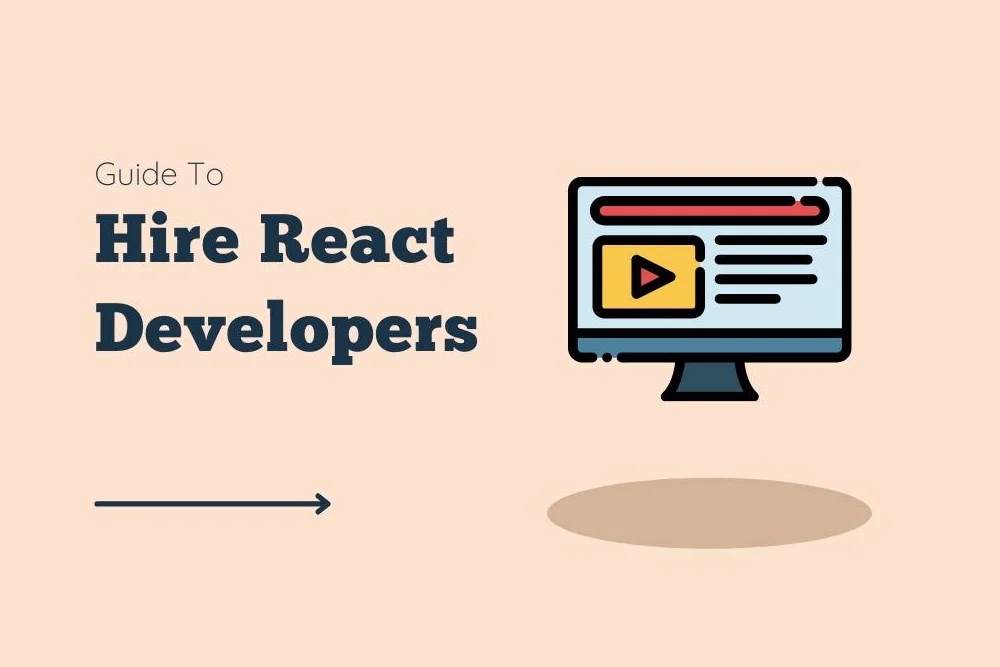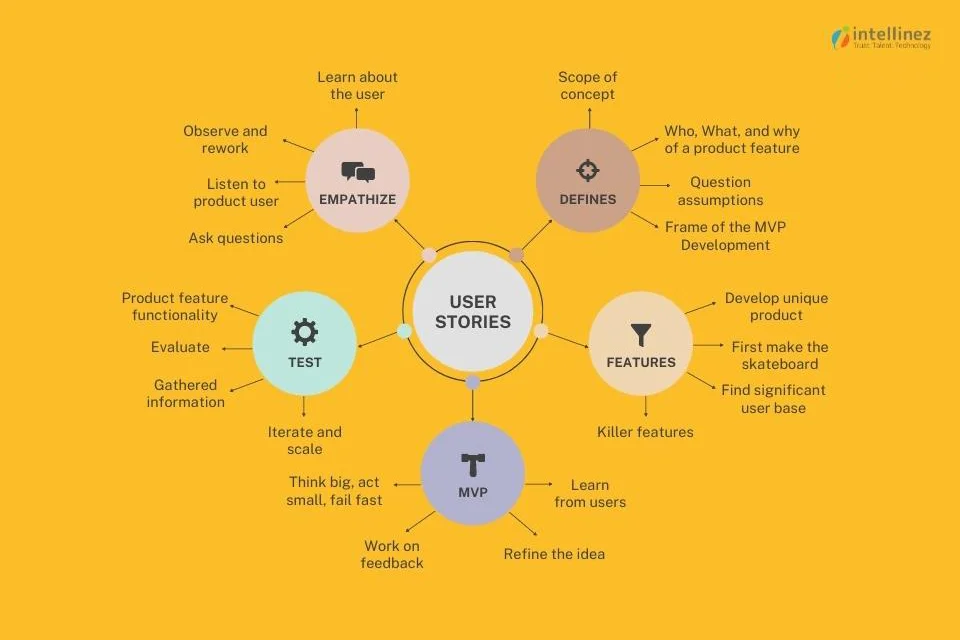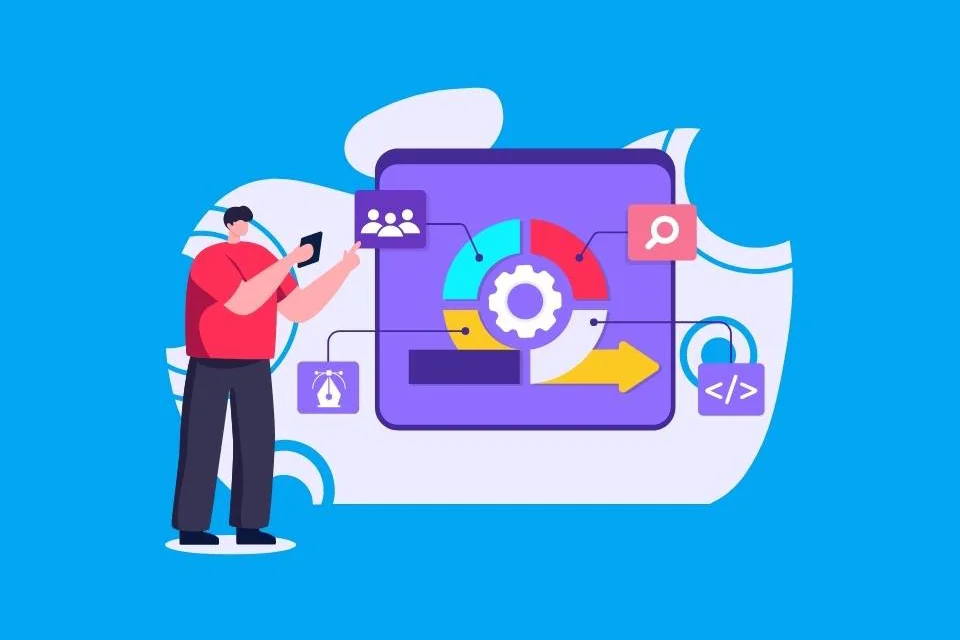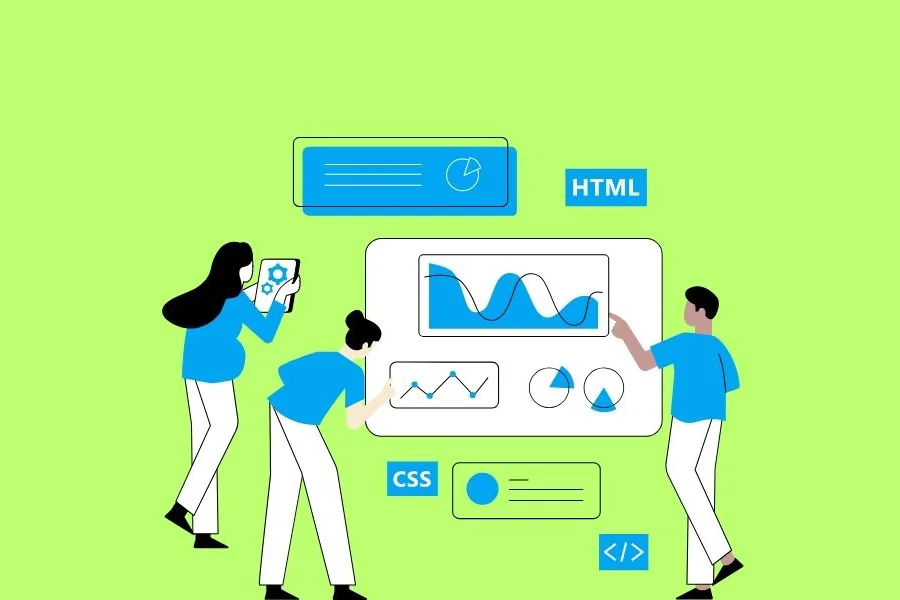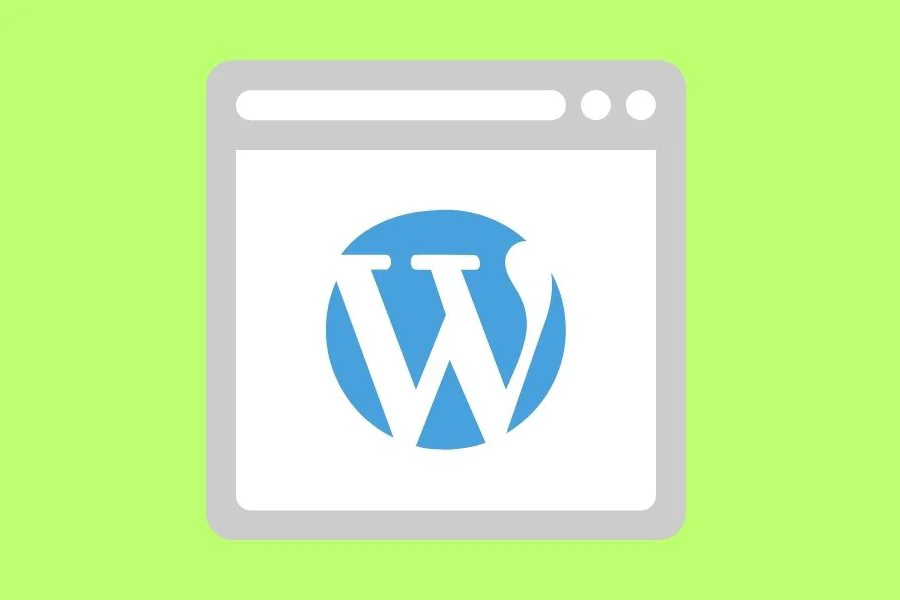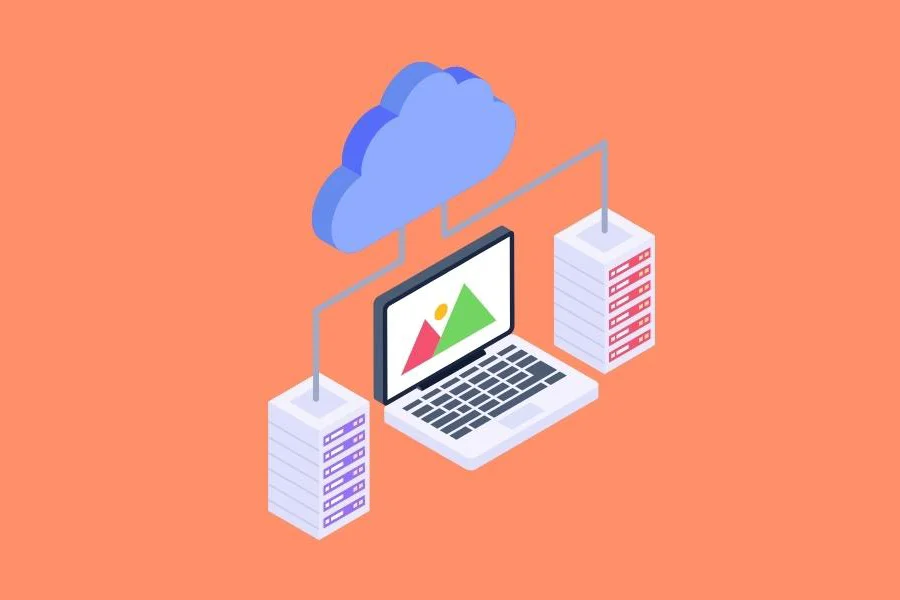Table of Contents
Cloud native applications have emerged as a game-changer in the rapidly evolving landscape of software development. Unlike traditional applications that are often constrained by specific hardware or operating systems, cloud-native applications are designed and built to fully leverage the advantages of cloud computing. According to Statista, the end-user spending on public cloud services has crossed $675 billion in 2024.
Cloud native applications are not merely hosted in the cloud; they are purpose-built to thrive in a cloud environment, providing unprecedented scalability, resilience, and flexibility. As businesses increasingly adopt cloud-native strategies, understanding the principles and best practices of cloud-native application development has become essential for developers and organizations aiming to stay competitive in the digital age.
What is a Cloud Native Application?
A native app is a software that is developed to be used on a specific platform or device. A cloud native application, on the other hand, is designed for a cloud computing architecture. Cloud native applications are hosted and run in the cloud. They are designed to gain from the inherent characteristics of a cloud computing software delivery model.
Cloud native apps are usually used when implementing DevOps due to their ability to boost business agility. These applications are designed and developed differently from cloud-based monolithic applications. Compared to traditional cloud-based apps, cloud native apps are highly manageable, observable, and resilient. They also feature shorter application lifecycles.
What is Cloud Native Application Development?
Cloud native application development refers to creating apps that leverage the cloud computing model to maximize efficiency, resilience, and scalability.
The whole concept of cloud native application development centers around microservices, which are loosely coupled cloud services. Multiple teams working through different pipelines to develop, deploy, and deliver applications manage microservices. To ensure scalability, microservices are hosted and run on different servers. To facilitate interaction among these applications through APIs, developers build a network between the hosts.

Cloud native apps are developed as a medley of microservices encapsulated in a container. These microservices are developed following agile practices to facilitate rapid application development (RAD). Cloud native applications are independently deployable and scalable, which increases their flexibility and scalability to a greater degree.
Best Practices for Developing Cloud Native Applications
Even the best technologies can fail to deliver if they are not developed, designed, and deployed the right way. Additionally, there are several benefits of following best practices when developing cloud native apps, like increased scalability, fewer occurrences of critical failures, and high efficiency. Let’s take a detailed look at the best practices to follow while developing cloud native applications:

1. Automate Wherever and Whenever Possible
Implement continuous integration and continuous deployment (CI/CD) pipelines to automate building, deploying, and testing cloud native applications. Manage and provision cloud infrastructure using code, allowing for version control and repeatability.
Continuous integration in software development is the process of regularly and automatically integrating code changes from different developers into a common repository. Continuous delivery expands on continuous integration by automatically preparing the changes in the code for deployment to production or other environments. Leveraging CI/CD helps to produce top quality code at a faster rate. Rollback options are available if a problem is encountered in production.
Infrastructure as Code or IaC refers to the process of writing code to describe and manage all the infrastructure resources. Implementing IaC automates the process of constructing and rebuilding apps and infrastructure. IaC code can be automated, tested, and versioned just like application code. It can be easily connected to source control repos and CI/CD processes. Moreover, it fosters collaboration among development and operations teams by providing a common framework for managing apps and infrastructure.
2. Adopt a Product-Focused Attitude to Take Ownership of Products
AWS promotes a “Products Not Projects” philosophy, which promotes assigning the team(s) total control over the lifecycle of an application. It makes the team responsible for being creative and innovative, and ensures the success of the product. This increases the quality of the product on which the team(s) is working. By following this approach in cloud native development, the team gets the authority to decide the architecture, deployment strategy, feature prioritization, and technology stack of cloud native applications.
While following a product-focused attitude, it is apparent to have a cloud-first mentality. Each member of the team needs to ask questions such as:
- How do I set my organizations up for adopting cloud computing?
- How can I create a design that is highly available everywhere while being easily accessible?
To make the most out of this proven AWS approach of application development, use cloud native ideas and adopt a cloud-first thinking approach.
3. Adopt DevOps Practices
Encourage close collaboration between development and operations teams to streamline processes and improve efficiency. This can be done by adopting DevOps practices. By adopting DevOps concepts, development and operations teams automate tasks and improve continuously, resulting in saving development time and increasing efficiency.
Conduct blameless postmortems to learn from failures and continuously improve. The software development process is further streamlined by automation, CI/CD pipelines, and the agile software development approach that expedites the release of new features and updates. CI/CD, IaC, and automated testing facilitate fast, more reliable deployments and reduce feedback loops.
Check out the difference between automated testing and manual testing.
4. Continuously Check Security and Compliance
Use automated testing tools to check code, containers, and configurations for compliance issues and vulnerabilities in real time for your cloud native applications. Set up encryption, secure communication methods, and strict access limitations. To ensure the safety of your data and cloud native apps, adopt security best practices, which include:
- Avoid keeping passwords, social security numbers, and other sensitive information in plain text. Use encryption keys.
- Ensure all applicable laws and standards are followed.
- Implement PoLP (principle of least privilege), i.e., only provide users the access they need to perform their tasks. This can be enforced by implementing fine-grained access controls using IAM (Identity and Access Management) tools.
- Observe suspicious behavior in authentication events and encrypt private information.
- Regularly check for vulnerabilities and conduct routine security audits.
- Use centralized authentication via an SSO provider to prevent credential sprawl. Use tools like Amazon Cognito, Auth0, and Okta.
Be always on your toes to identify any questionable behavior in your cloud native applications. You can also adopt a zero-trust security model where no entity, internal or external, is trusted by default. Regularly perform compliance checks to ensure that the application meets industry standards and regulatory requirements. Implement robust auditing and reporting mechanisms to track changes, and access to sensitive data.
5. Design for Failure and Focus on Resilience and Fault Tolerance
Assume that failures are inevitable and design applications to handle them gracefully. This can be done by implementing redundancy for critical components to avoid single points of failure and using circuit breakers to prevent cascading failures in microservices. Cloud native applications are built for fault tolerance and robustness. You need to use circuit breakers, retries, and timeouts to ensure resilience in your app design.
Data replications and distributed systems must be utilized to lessen the impact of failures, and automated recovery plans must be in place. Functions like autonomous scaling help to keep the cloud native app stable and accessible even when coming across undesired situations.
6. Leverage the Microservices Architecture
Break down cloud native applications into smaller, independently deployable services focusing on specific business capabilities. Services should interact with each other via APIs or messaging systems, reducing dependencies and allowing independent scaling and deployment.

The microservices architecture enables performing specific tasks that facilitate communication between microservices via well-defined APIs. This modular approach brings several benefits, including fault tolerance, flexibility, and scalability to the table. Each microservice functions independently, which makes development, deployment, management, and scaling easy and efficient.
7. Use Containerization and Adopt Orchestration
Leveraging containerization quickens the development of processes that simplify task maintenance. Containerization facilitates the packaging of any program and its dependencies into a single unit called the container. Containers can be configured to use a specific level of CPU and RAM to avoid resource overconsumption on a host. Such isolation enhances the predictability and stability of a computer program as well as ensures consistency across different environments, i.e., development, testing, staging, and production.
You can automate the management of containerized cloud native applications using container orchestration tools. Kubernetes, OpenShift, and Docker Compose are top choices when it comes to container orchestration. These apps ensure that cloud native apps remain functional by taking care of chores like deployment, load balancing, and scaling. Automating container administration, deployment, and scaling delivers a versatile and fault-tolerant infrastructure.
8. Maintain High Observability
Observability refers to the capacity to comprehend the internal state and behavior of a system by observing its external outputs. Implement comprehensive monitoring and logging to gain insights into the performance of your cloud native applications and detect issues preemptively. Data needs to be collected from a diverse range of sources, including application metrics and system logs.
The higher the observability, the better it is to recognize and address security incidents. It also helps to find irregularities and examine the primary causes of the same. Use distributed tracing to follow requests as they traverse different services, aiding in debugging and performance optimization. To monitor and troubleshoot, use tools like Grafana, Elasticsearch, and Prometheus.
9. Other
Here are a few more best practices for developing cloud native applications:
- API Design Before Coding – Begin with the API design before coding to ensure that services are designed to work well together. Implement API versioning to ensure backward compatibility when changes are made.
- Cloud Native Data Management – Design services to be stateless wherever possible, managing state externally like in a cache or database. Use distributed databases and storage systems designed for the cloud to ensure high availability and scalability.
- Cost Optimization – Regularly review and adjust resource allocations to avoid over-provisioning. Use spot instances or reserved instances for non-critical workloads to reduce costs.
- Scalability – Design cloud native applications to scale out by adding more instances rather than scaling up on a single instance. Use the auto-scaling feature of cloud services to automatically adjust the number of running instances based on demand.
Conclusion
By following these tried-and-trusted best practices, you can ensure developing cloud native apps that capitalize on the full power of the cloud and are scalable, fault-tolerant, maintainable, and robust.
Building cloud native applications is not just about using the latest tools and technologies; it’s about embracing a paradigm that prioritizes scalability, agility, and resilience from the ground up. By adhering to best practices such as leveraging microservices architecture, automating processes, and maintaining high observability, developers can create applications that not only meet the demands of today’s dynamic business environments but also anticipate the needs of tomorrow.
As cloud native applications continue to redefine the way software is developed and deployed, organizations that master these practices will be well-positioned to lead in an increasingly cloud-centric world.
Intellinez Systems is Your Trusted Partner in Cloud Native Application Development
Intellinez Systems has experienced development teams to help you at every step of your cloud native application development. Our developers can help you build your application end-to-end. Let us know your requirements and we will suggest the best way(s) forward.
-
1. What is cloud native development?
Cloud native development pertains to the modern software development approach of building, designing, developing, deploying, and managing applications in cloud computing environments.
-
2. What are the most important factors to consider while developing a cloud-native application?
The most important factors to consider while developing a cloud-native application are microservices architecture, scalability, containerization, resilience and fault tolerance, CI/CD, security, observability, data management, cost management, cloud provider selection, and compliance and regulatory requirements.
-
3. Which three are the main principles of cloud native architecture?
There are a variety of cloud-specific principles to consider. XOps (cross-functional operations), serverless computing, and consumption-based pricing are the three main principles of cloud native architecture.
-
4. What are cloud native apps?
A cloud native application is a program designed for cloud computing architecture. Cloud native apps are hosted and executed in the cloud. They are designed to benefit from the inherent characteristics of a cloud computing software delivery model.
-
5. What are the 5 pillars of cloud-native development?
Design for automation, being smart with state, favor managed services, practice defense in depth, and always be architecting are the 5 pillars of cloud-native application development.
- tawa555 login
- https://www.10ml.com.br/orcamento/
- https://www.nwc10lab.com/validar-ideas-digitales/
- https://www.unvi.es/pago-seguros/
- https://kumarskitchen.com/medien/
- https://cdocencia.xoc.uam.mx/
- rejekibet
- https://mgapress.com.br/assessoria-de-imprensa/
- https://www.intersmartsolution.com/erp-solutions/
- https://cvworld.in/seo-services/
- slot pulsa 5000
- slot deposit 5000
- slot deposit pulsa
- https://ksquare99.com/culture.html
- https://intersmart.ae/our-works/
- https://astrologerparduman.com/blogs/
- https://gluesys.com/



























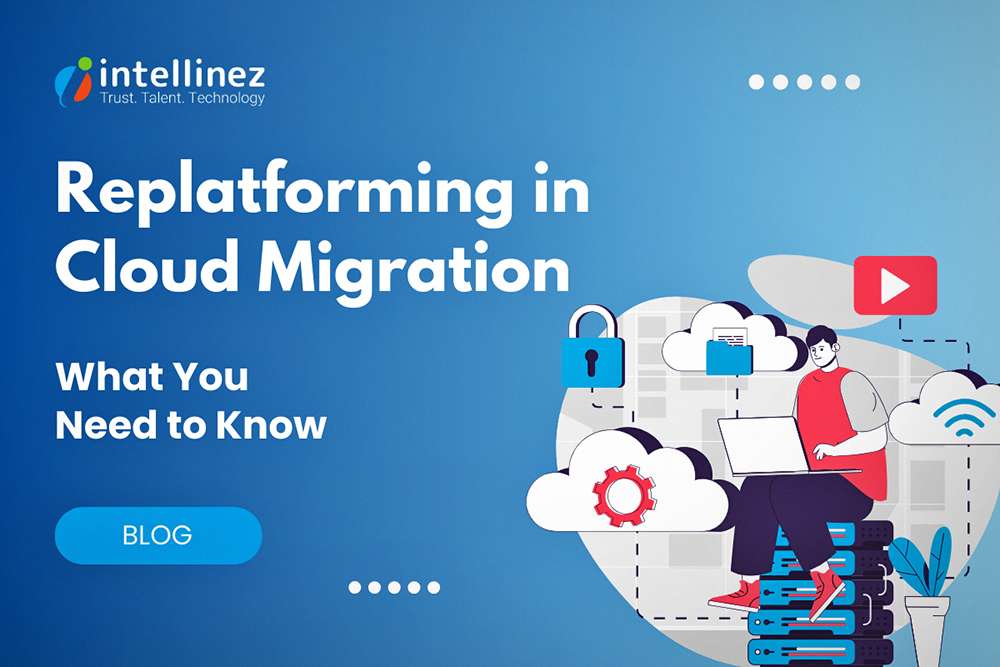





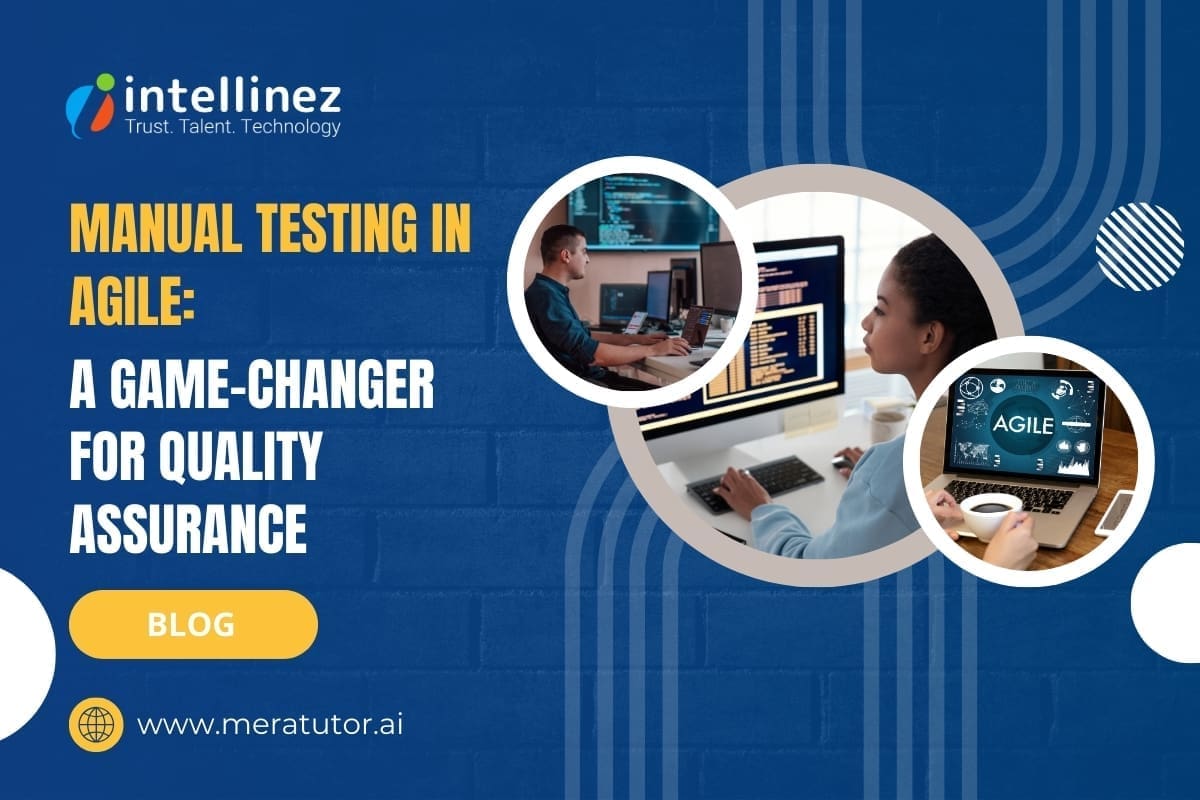



![A Comprehensive Guide to AWS SaaS Architecture [Diagram Included] 84 Aws SaaS Architecture](http://www.intellinez.com/wp-content/uploads/2024/08/Title-image.jpg)

